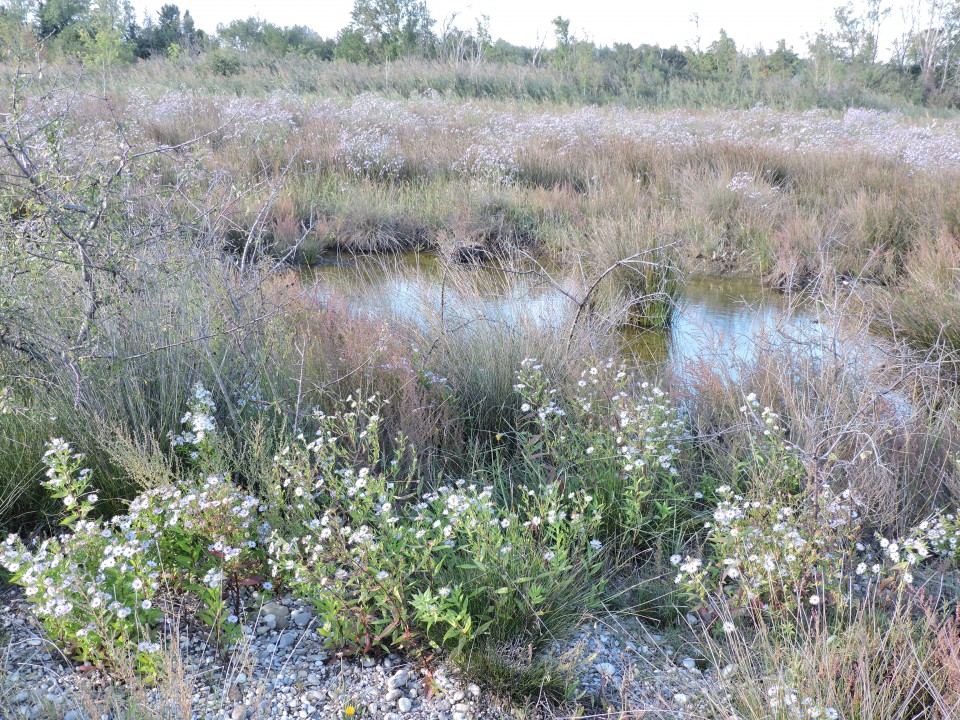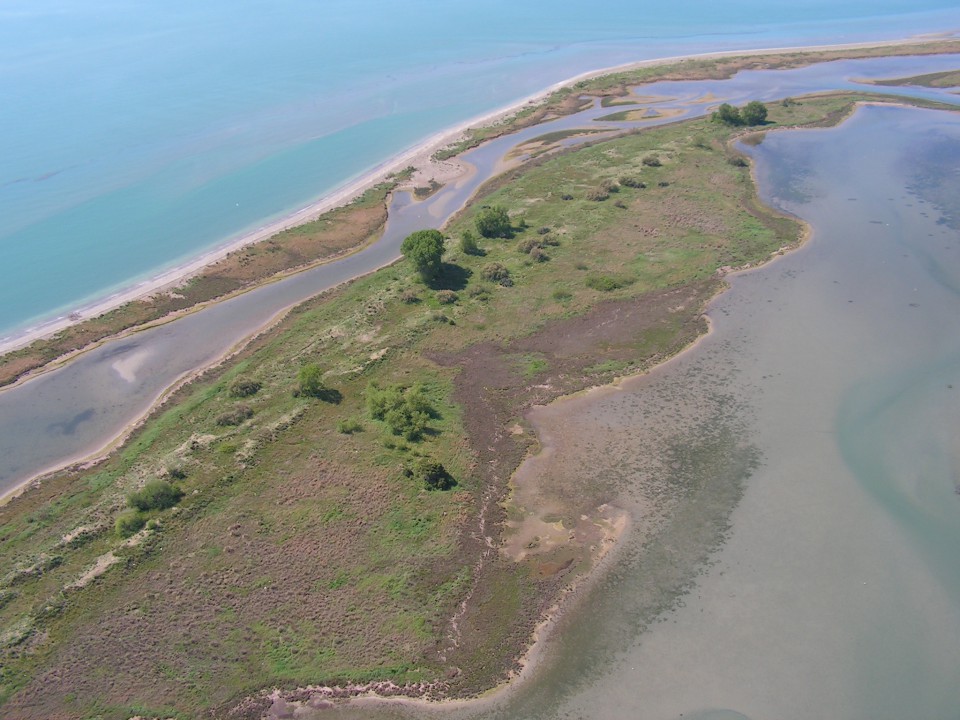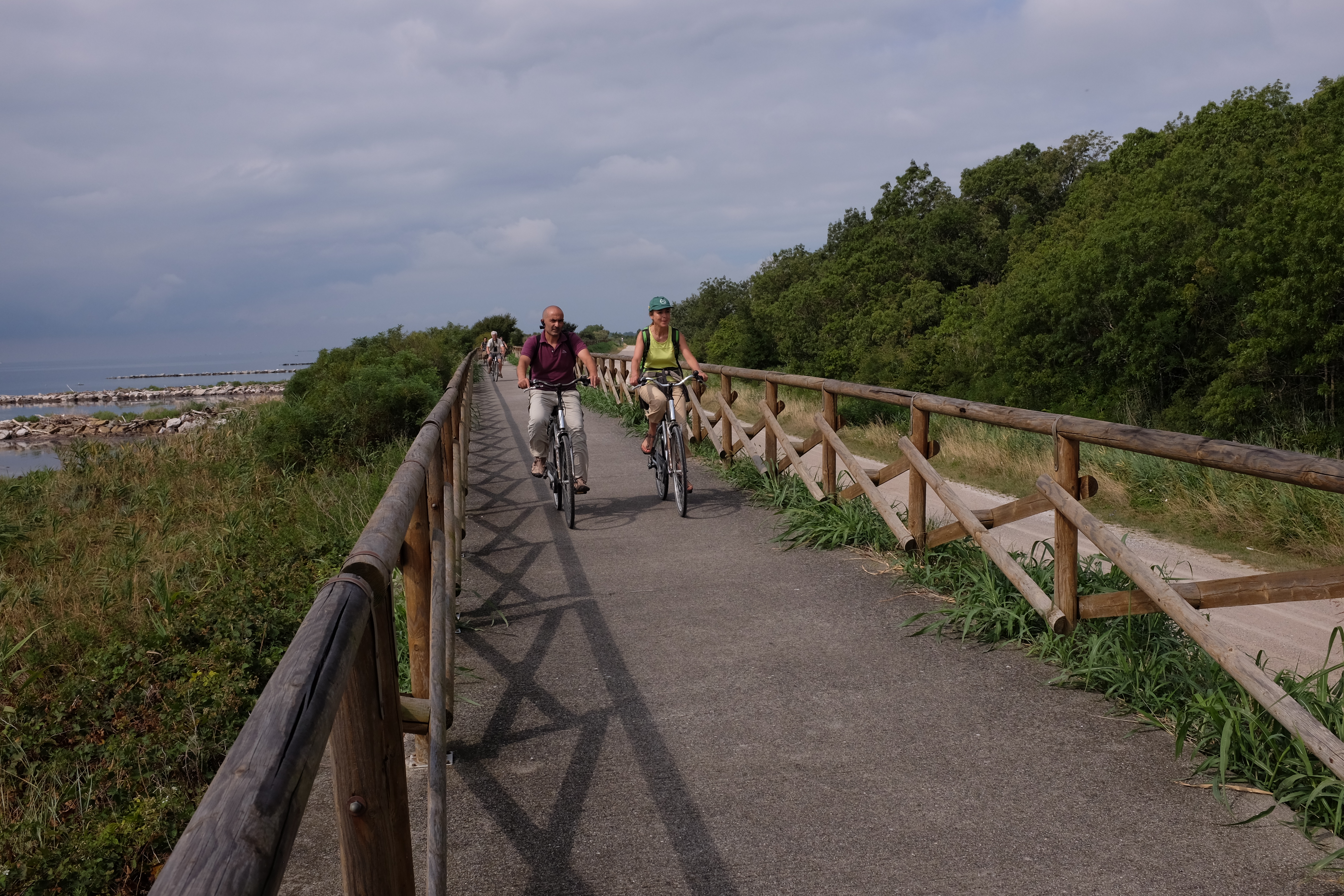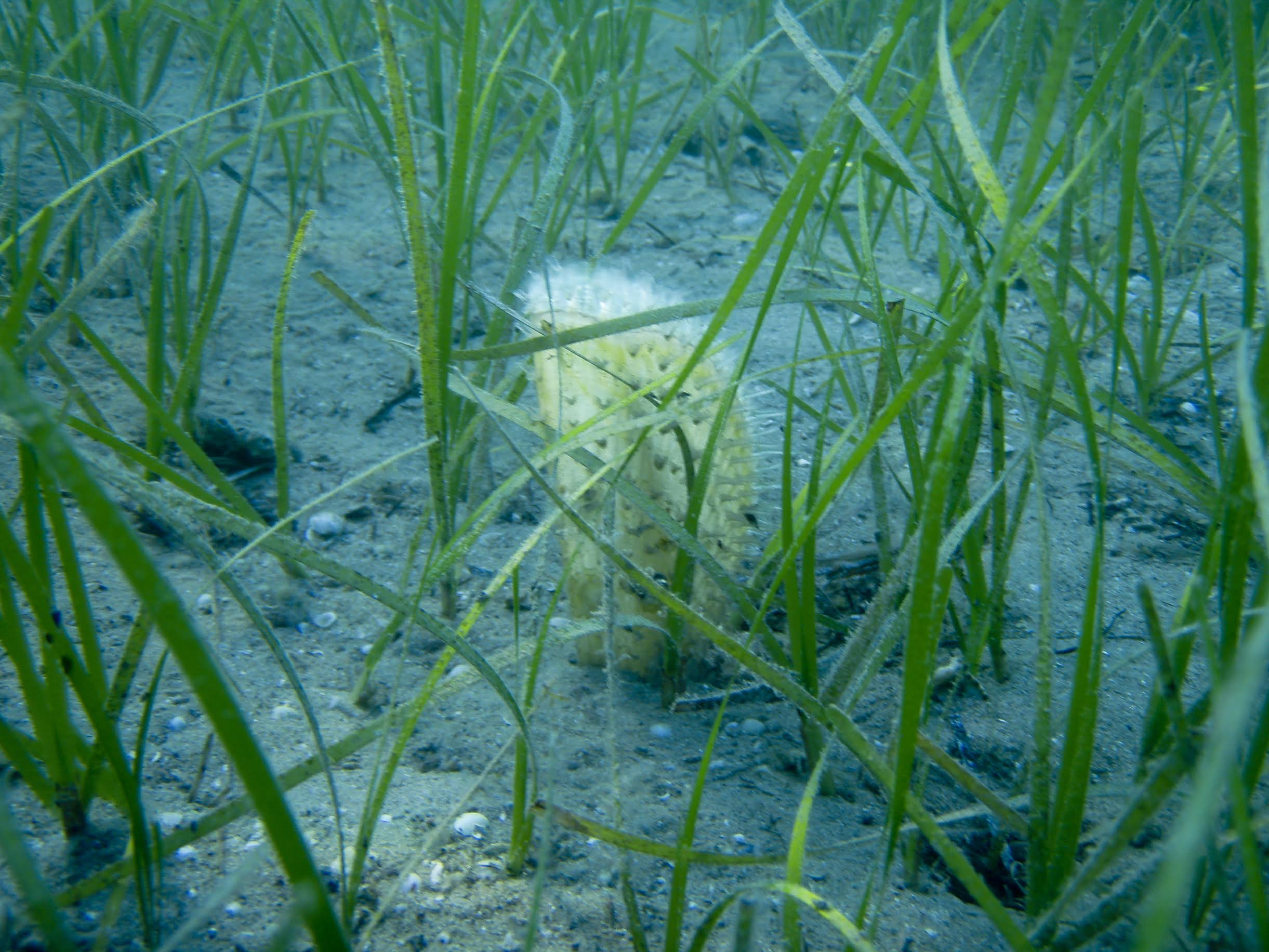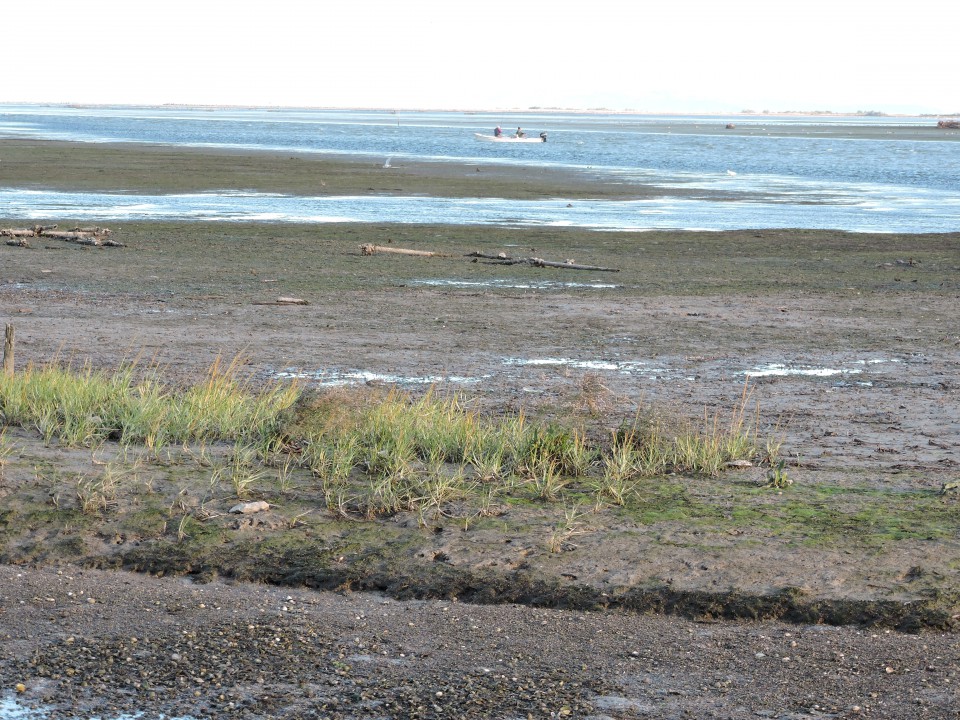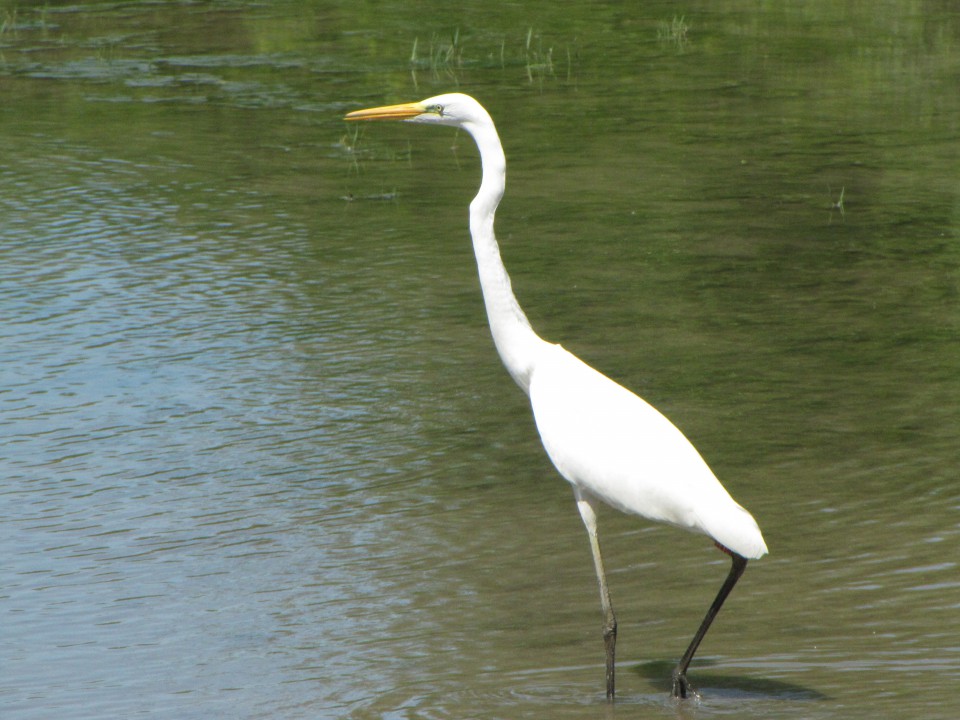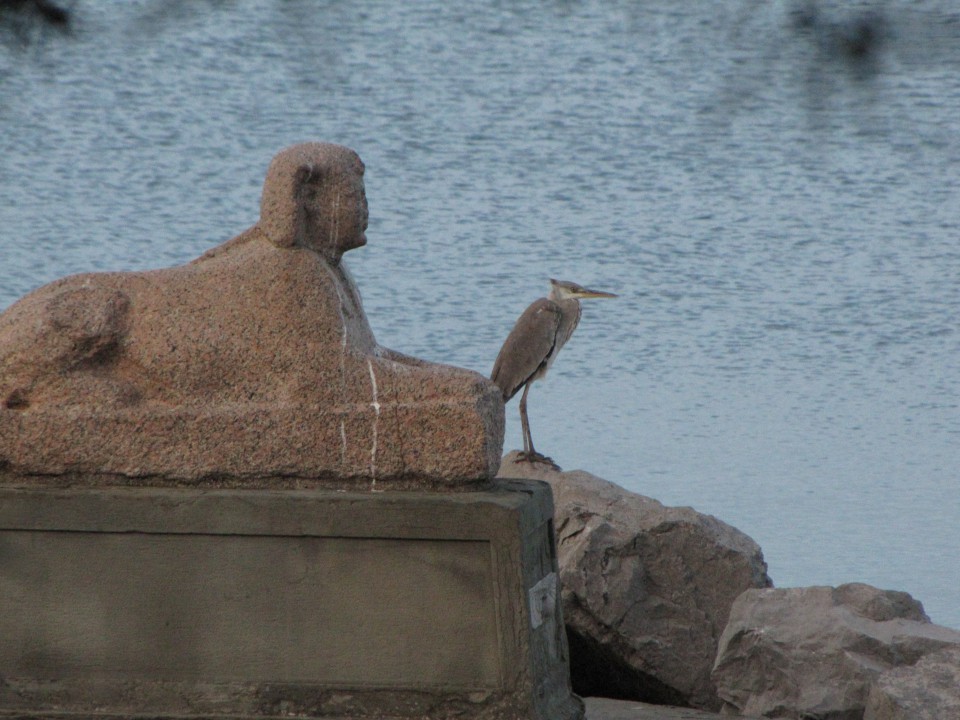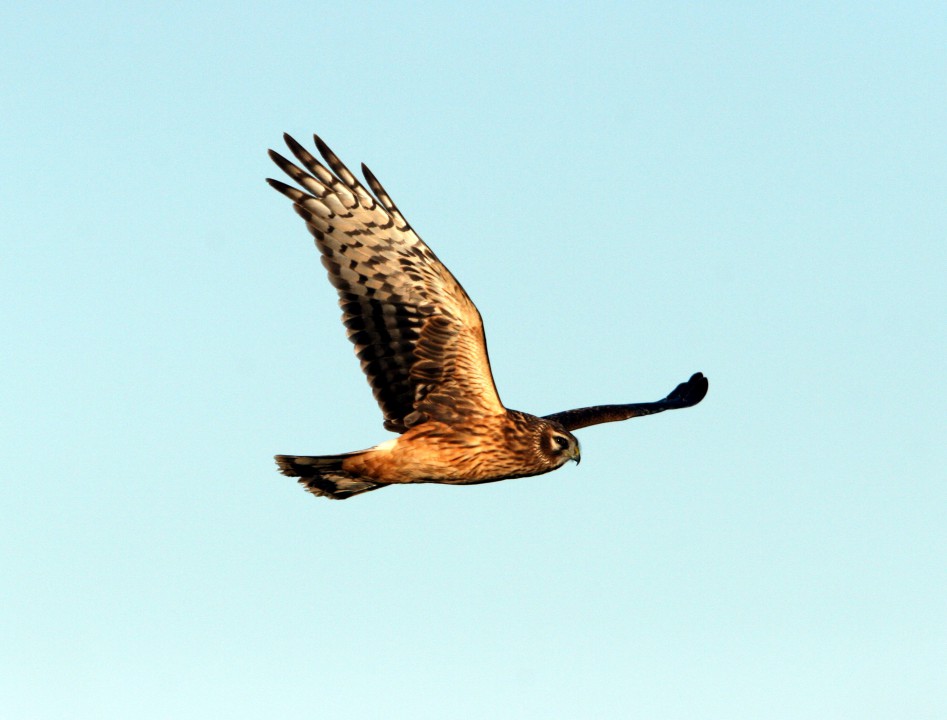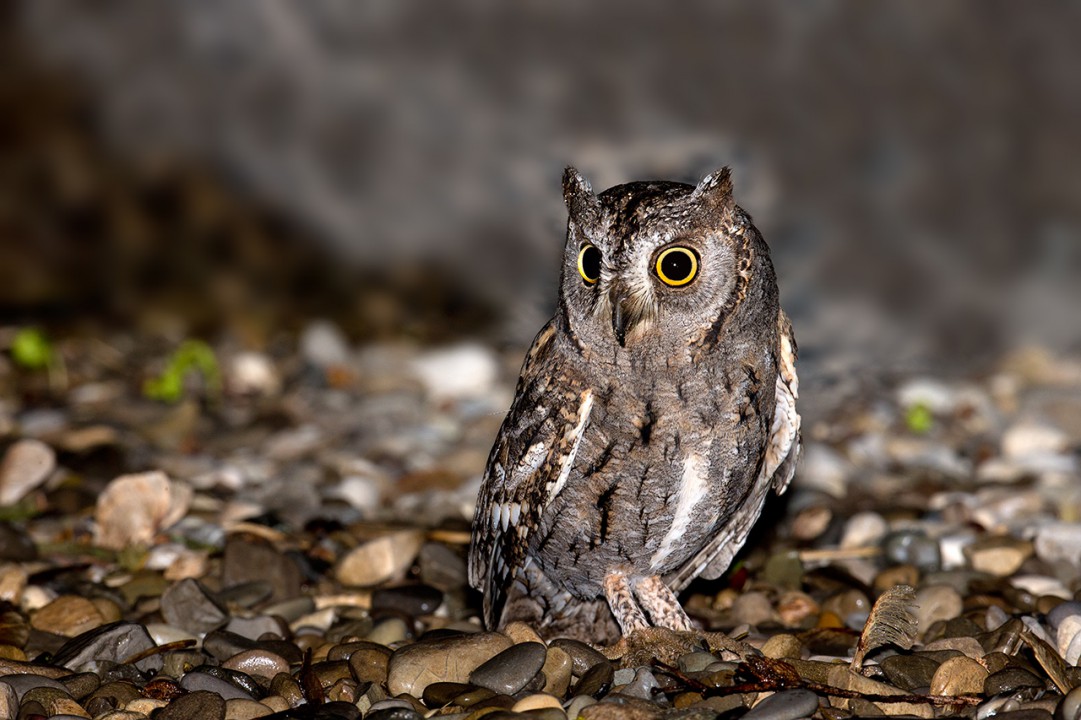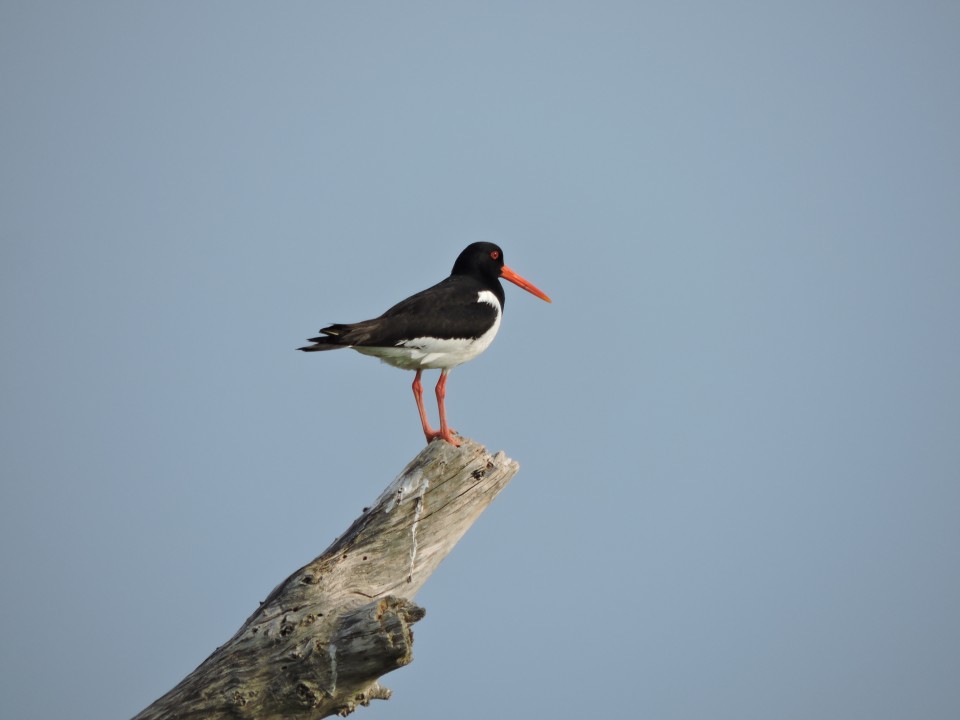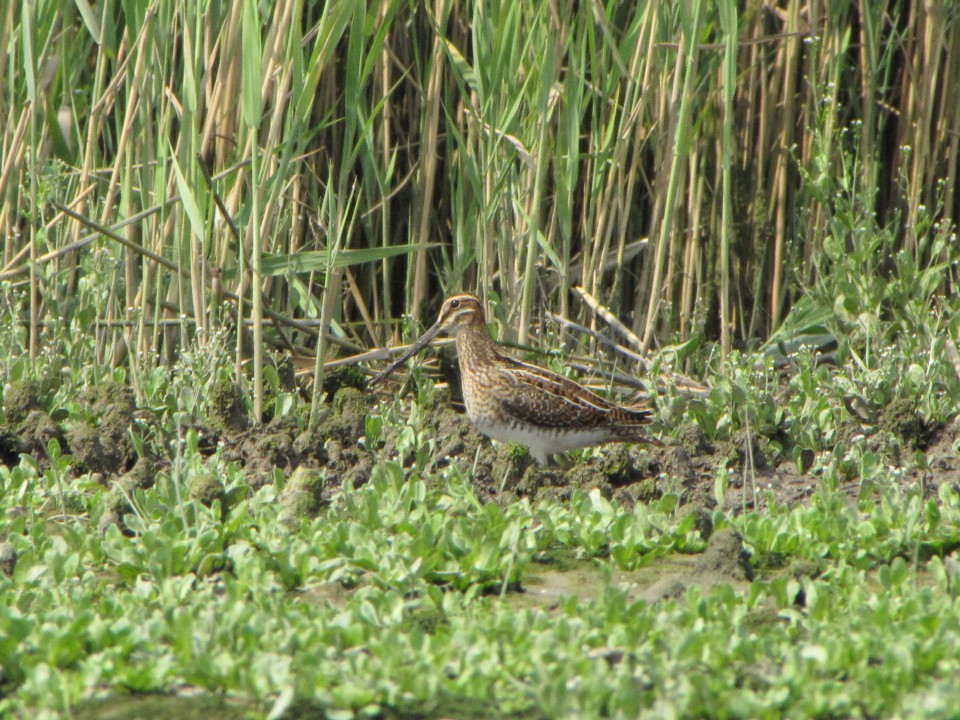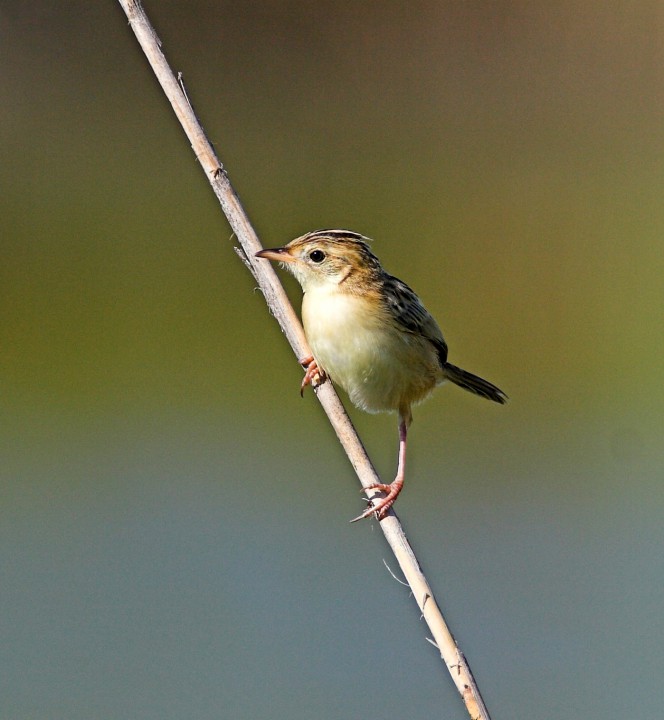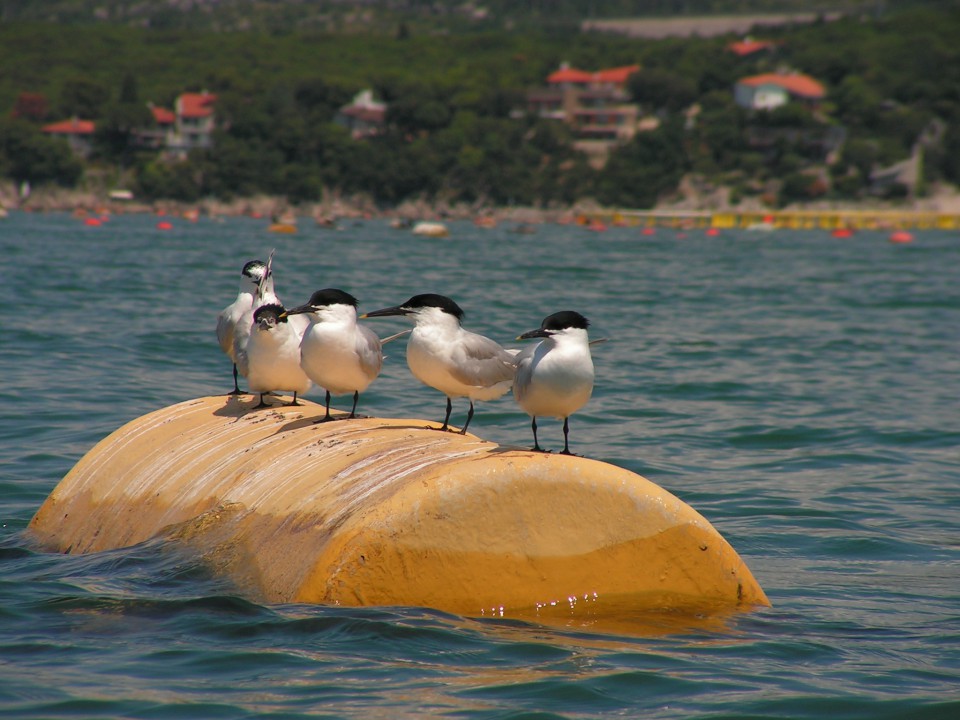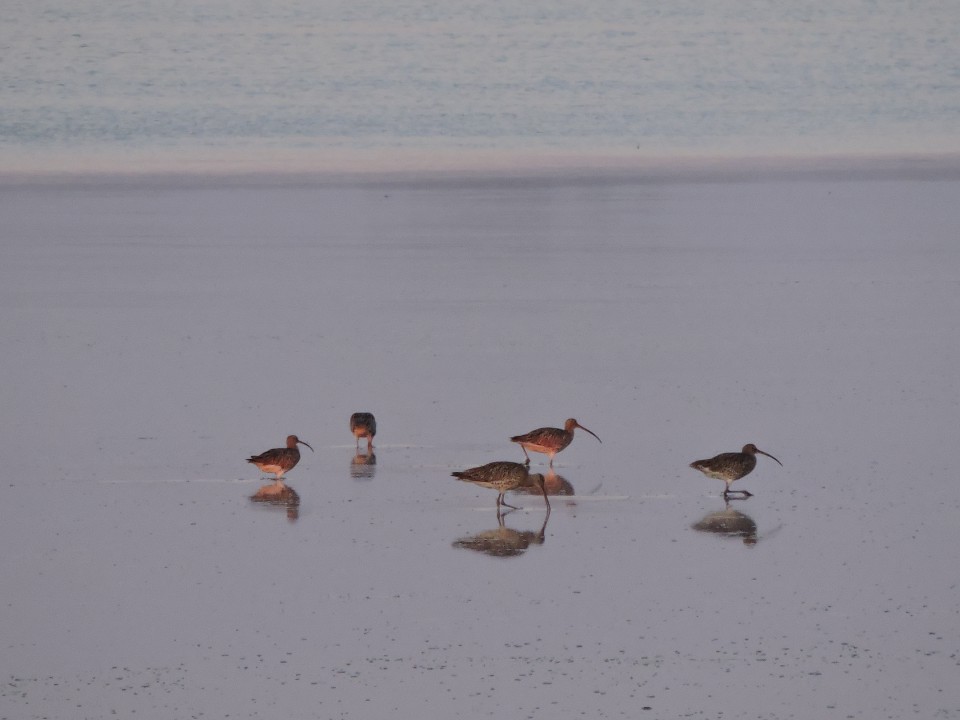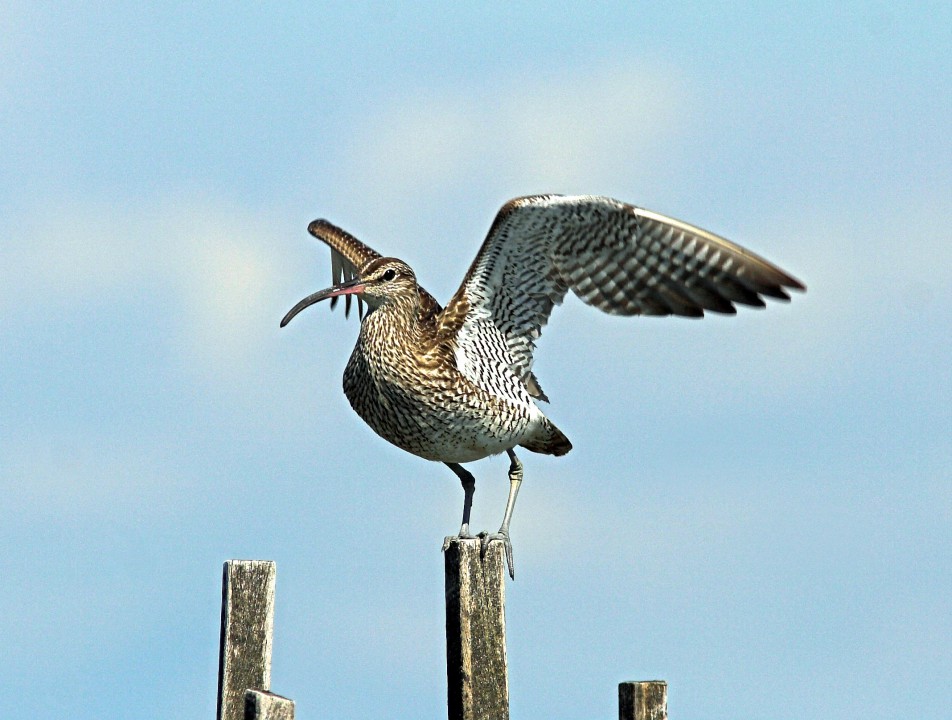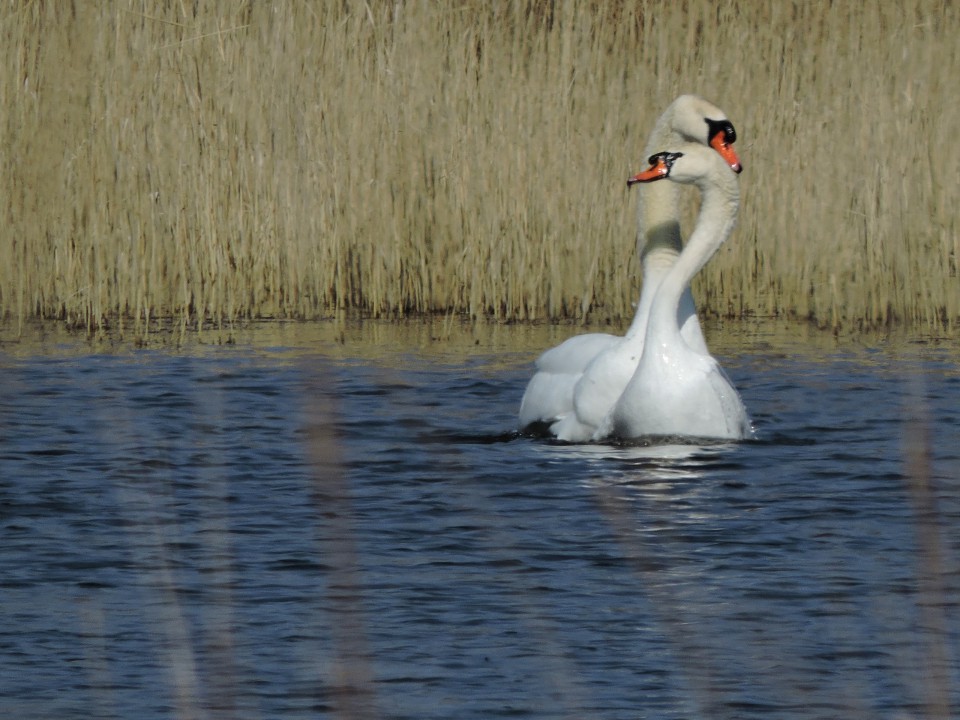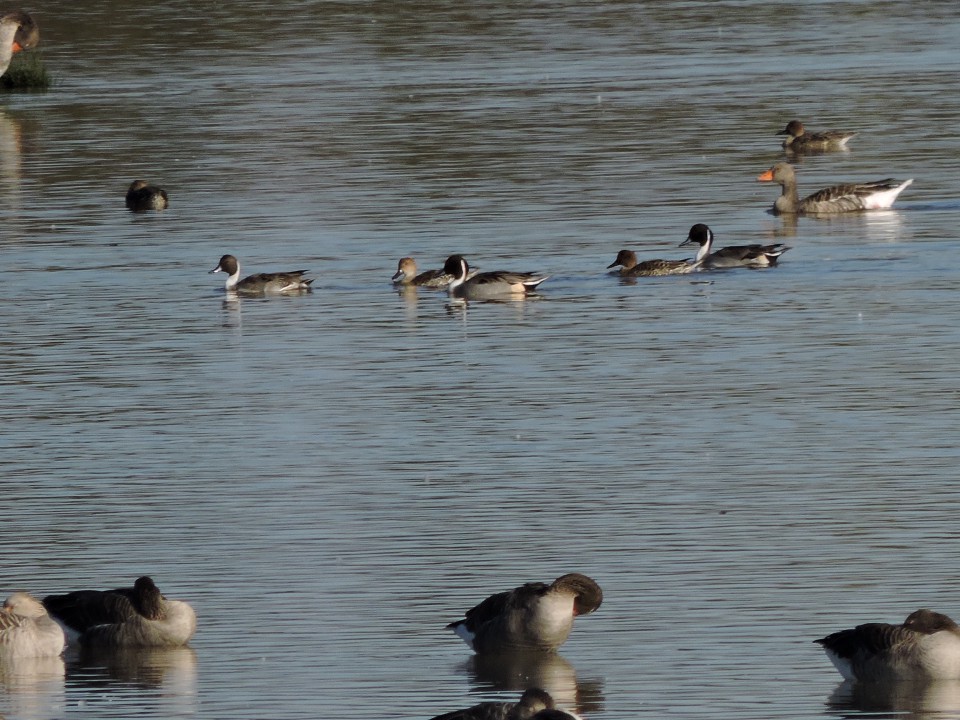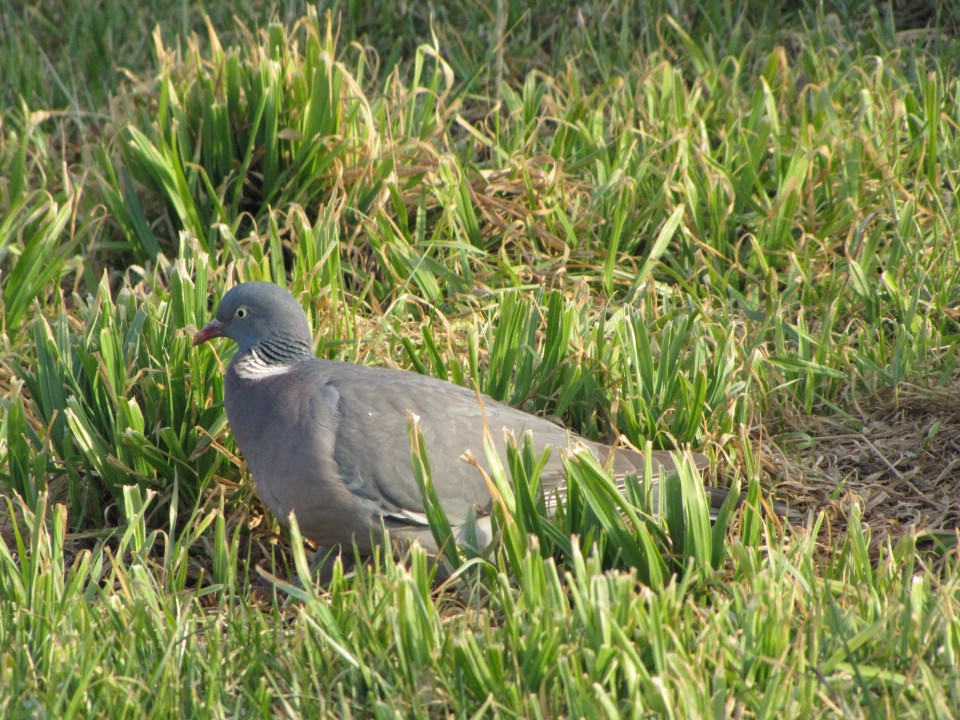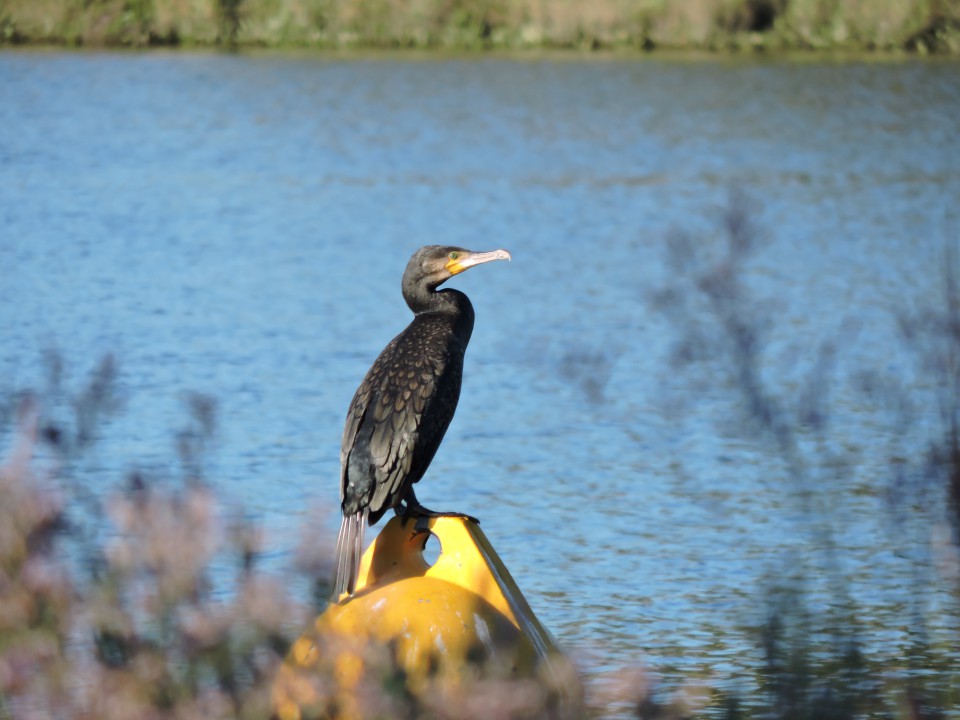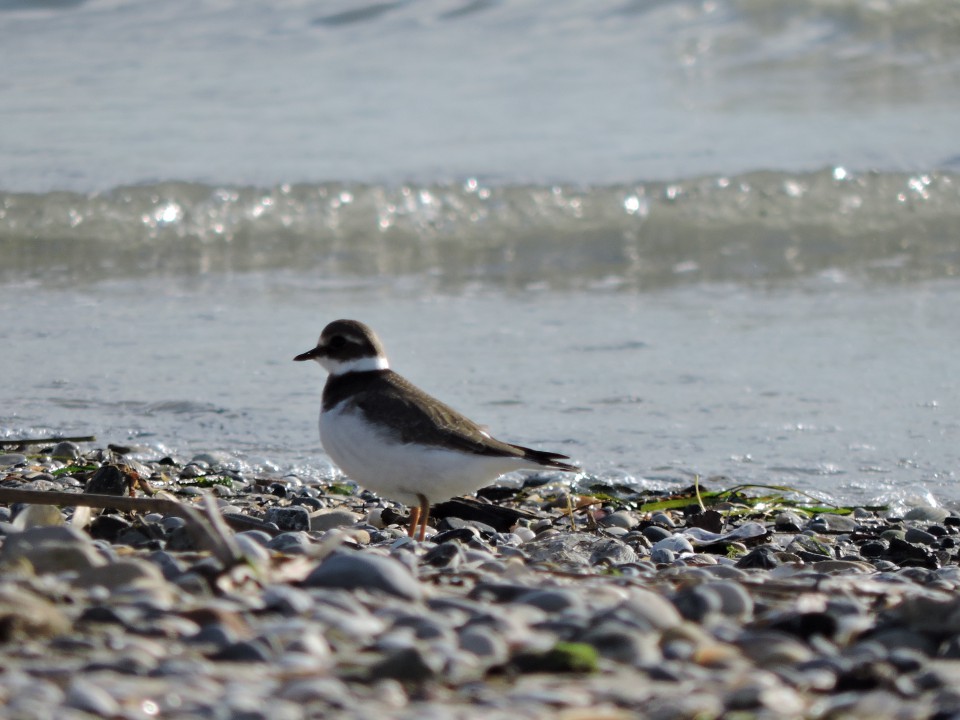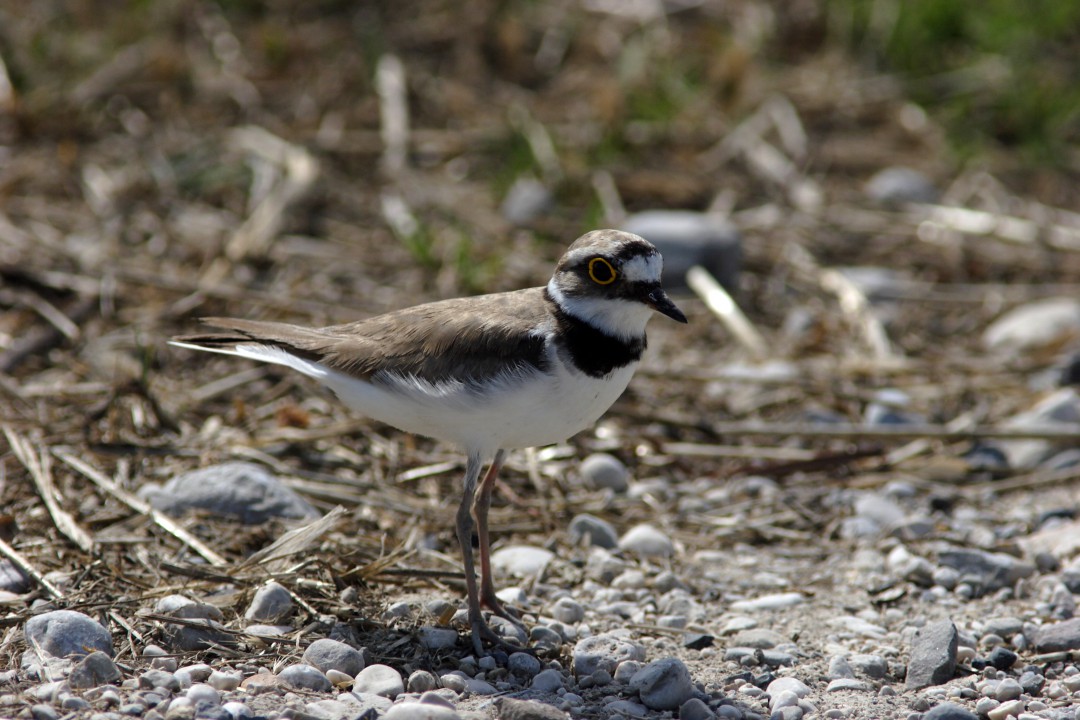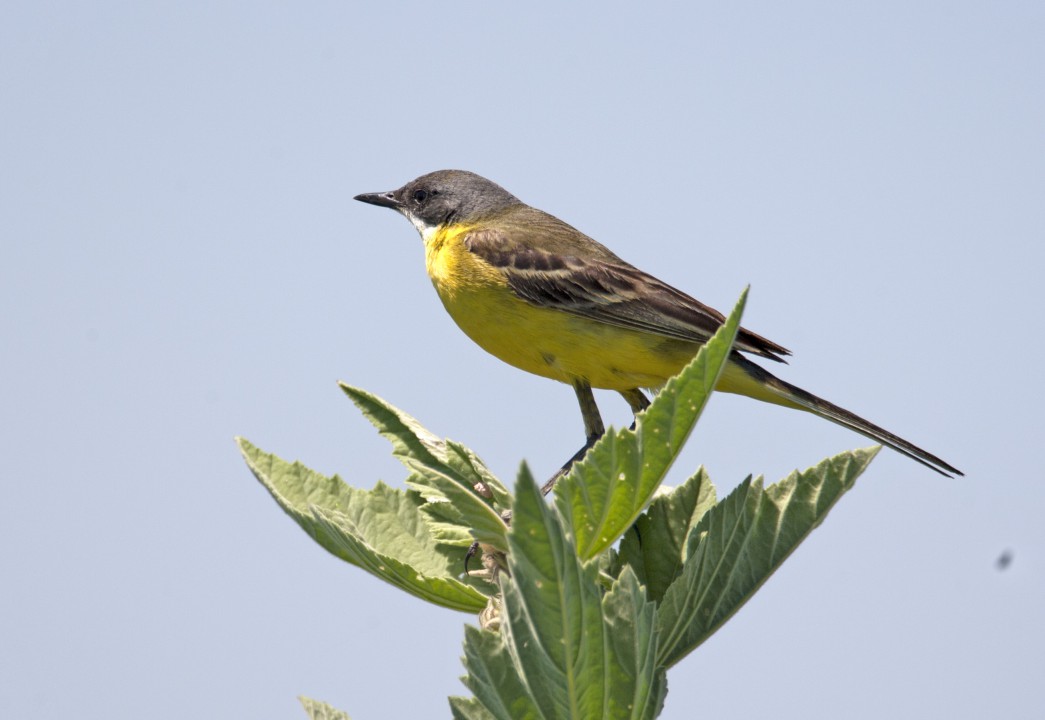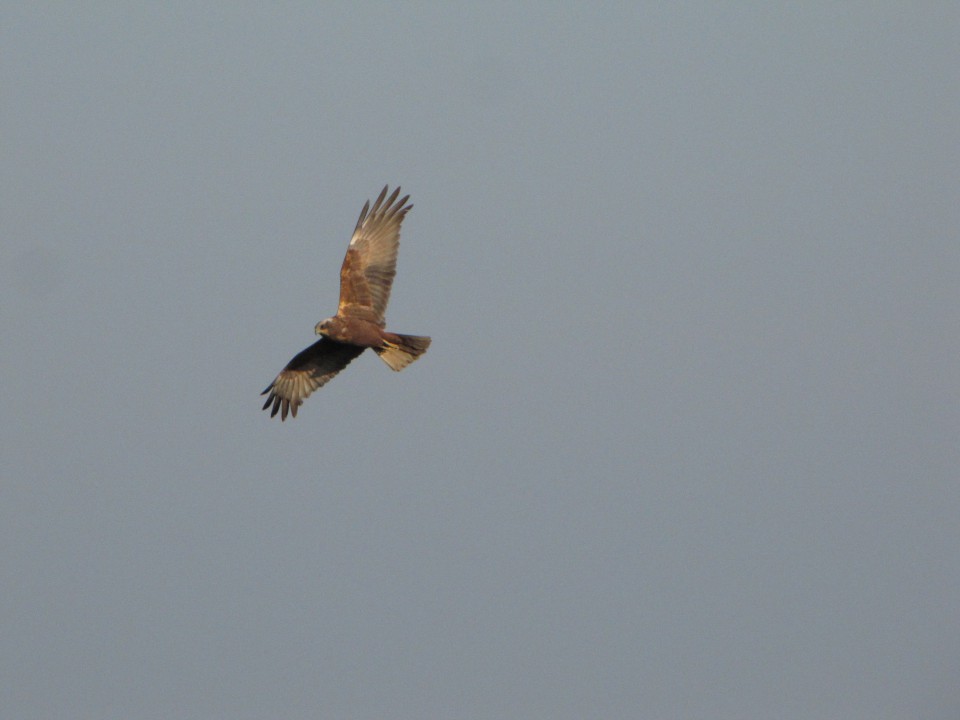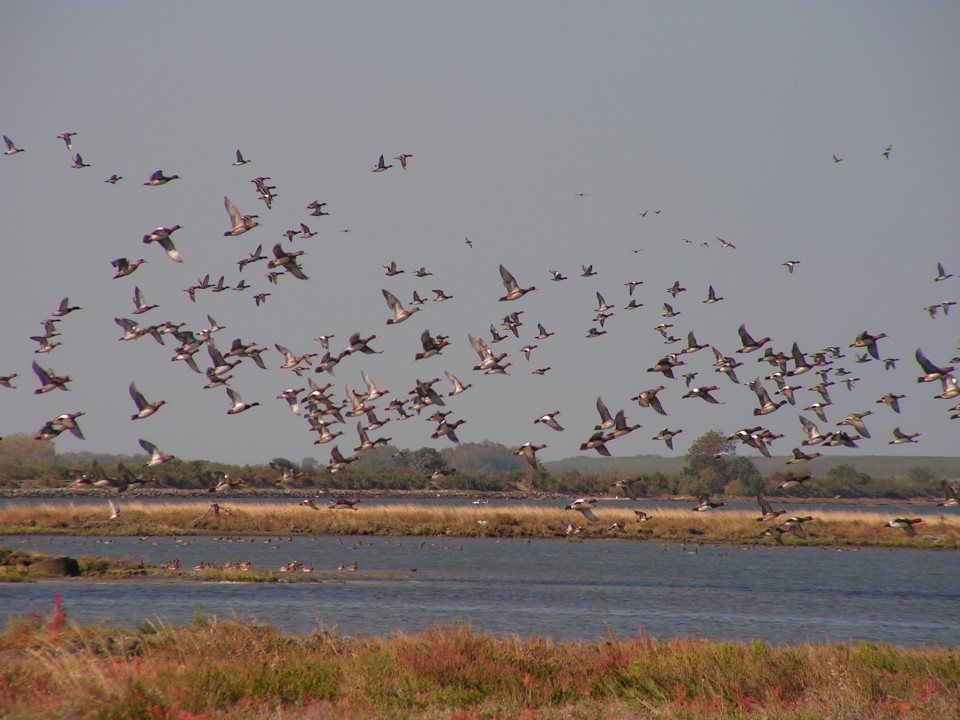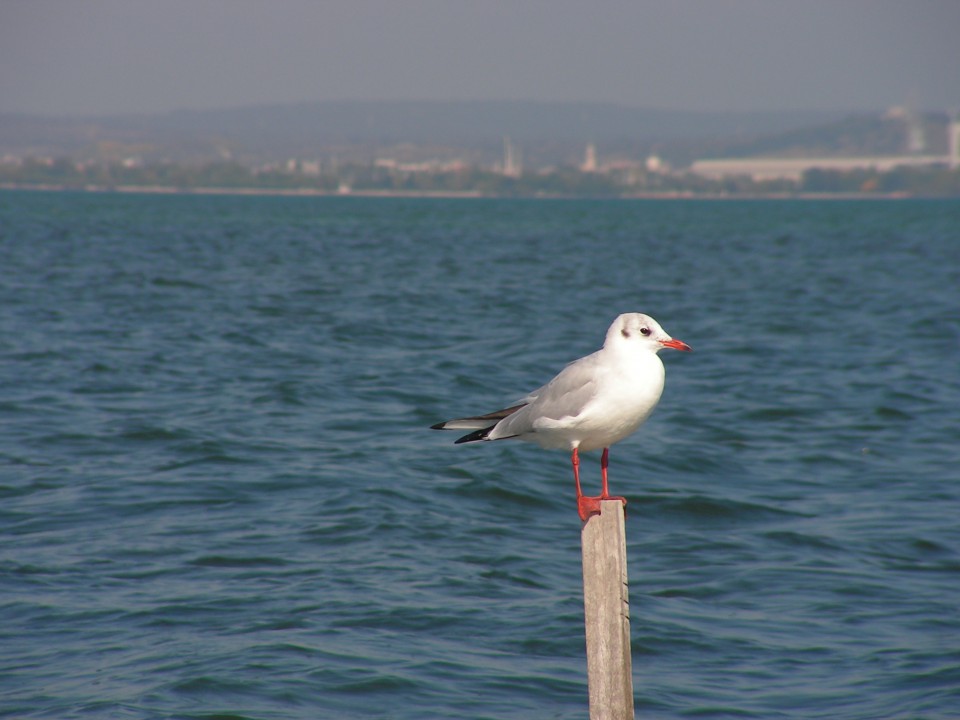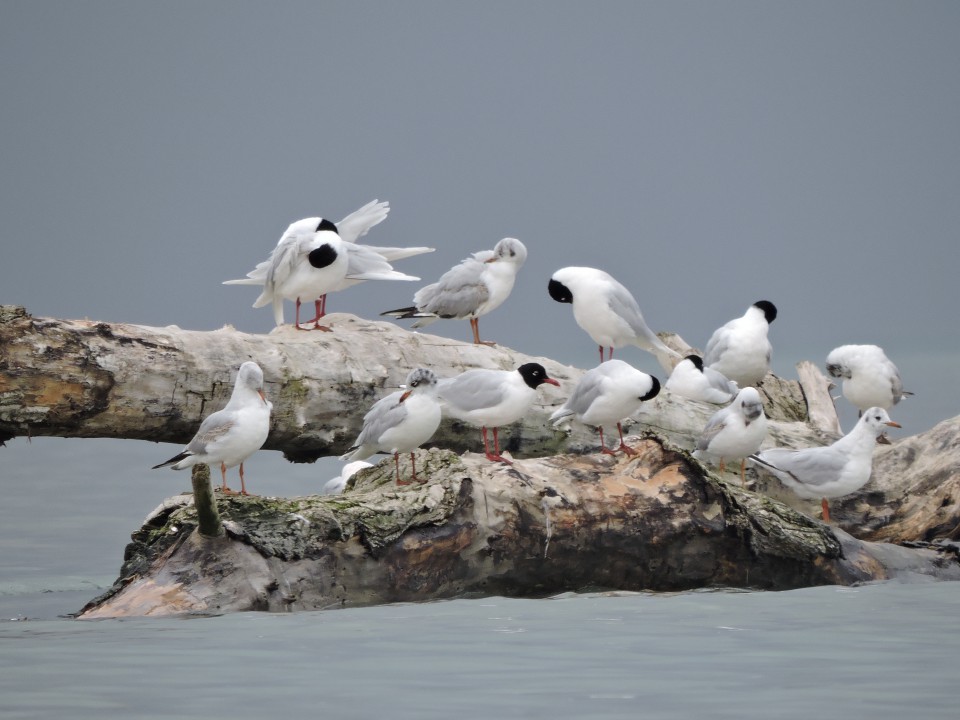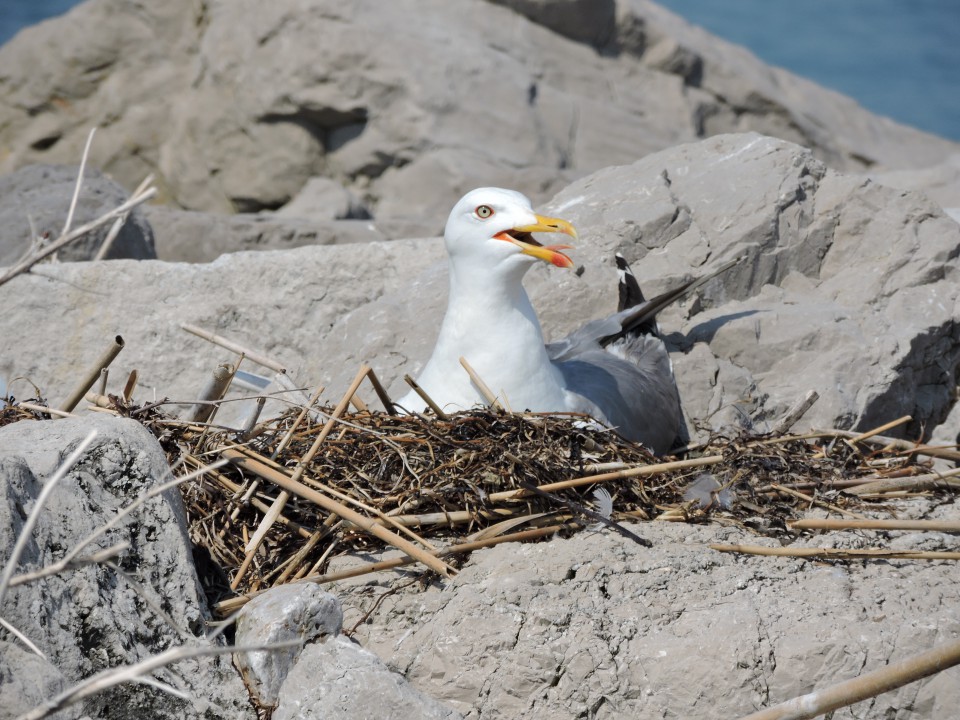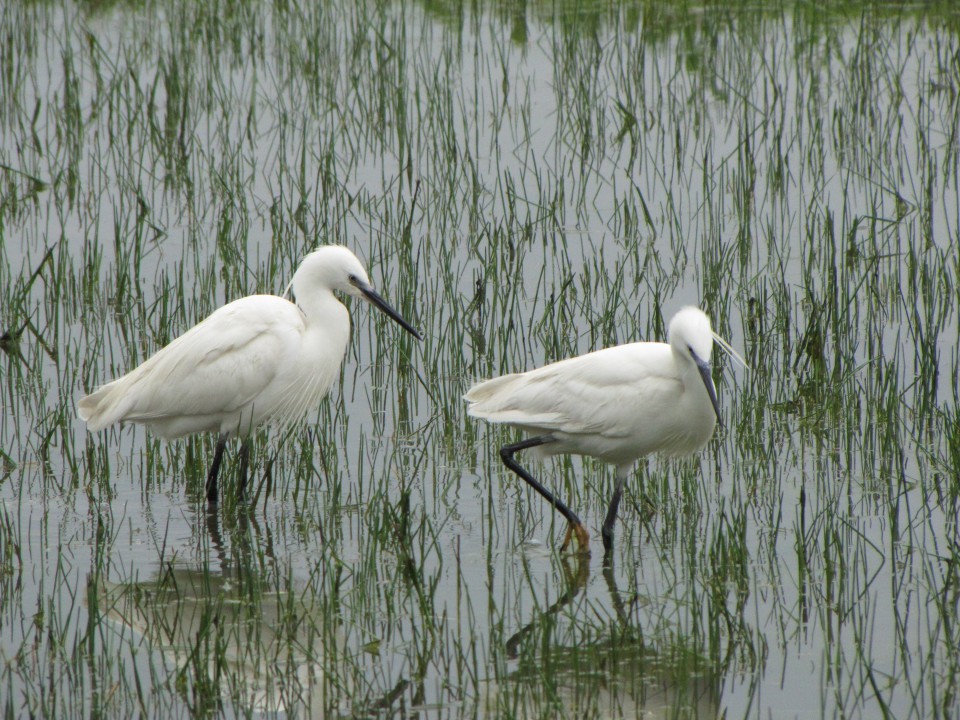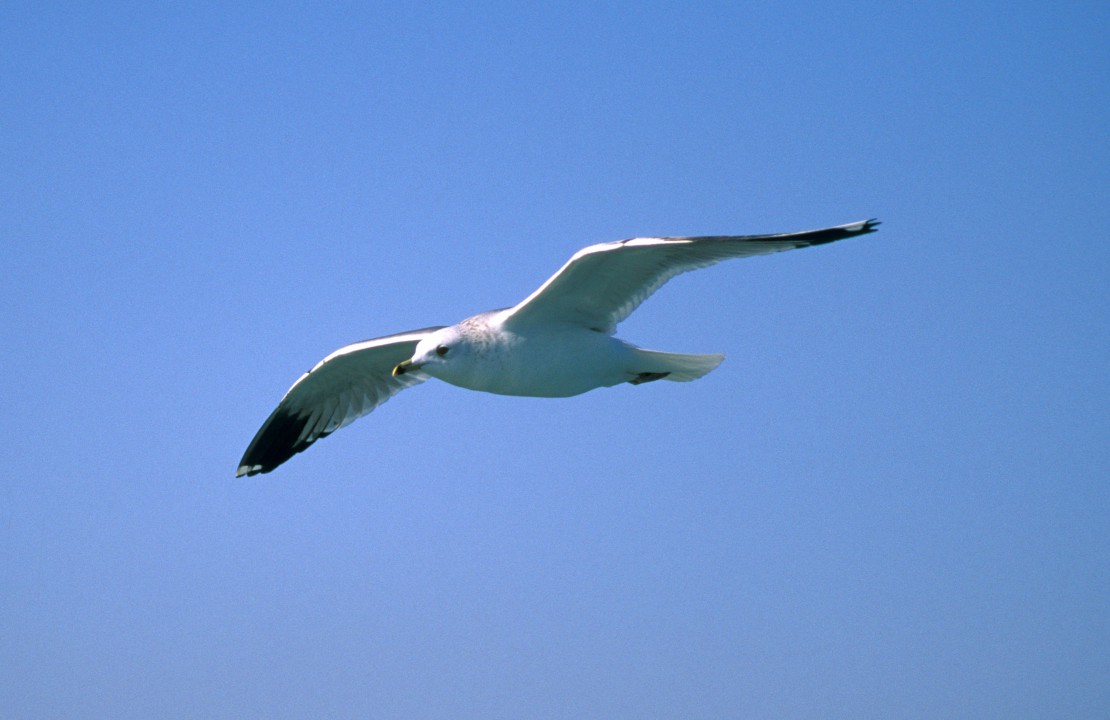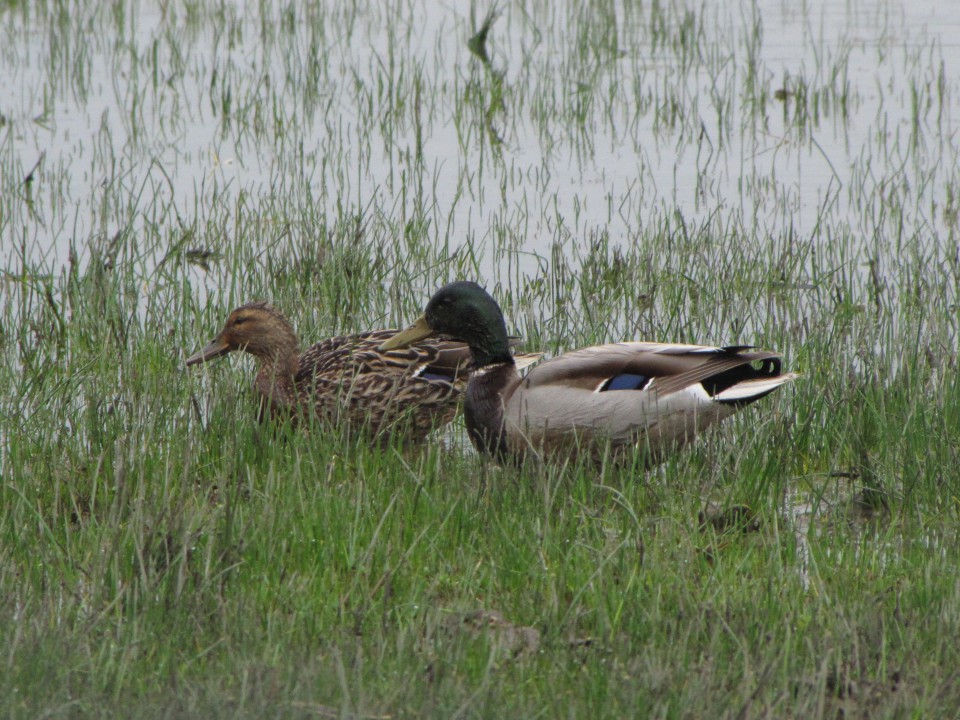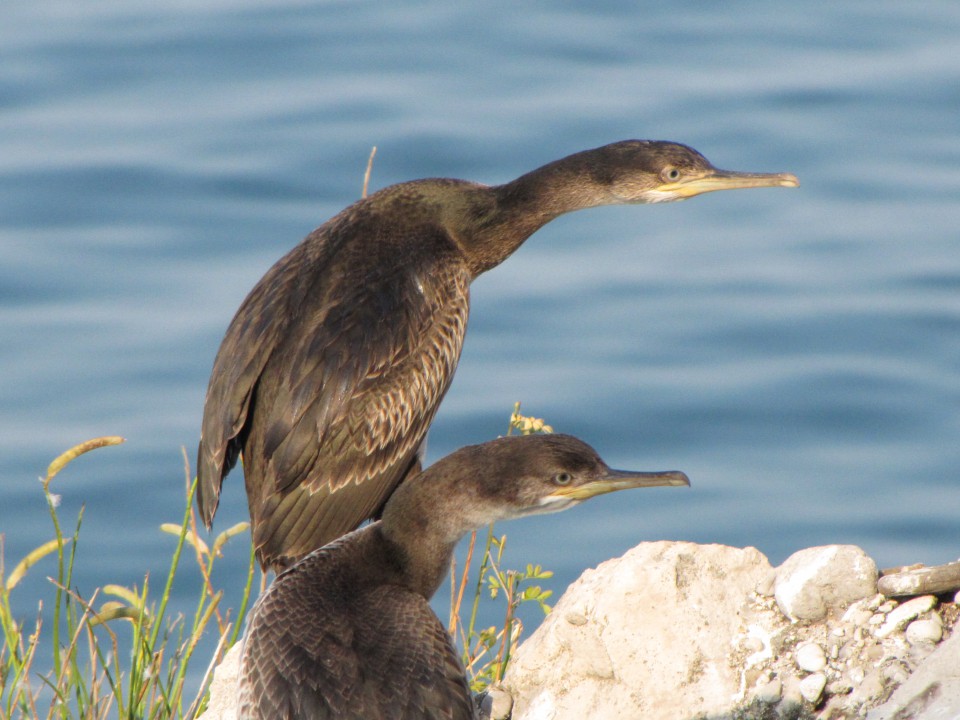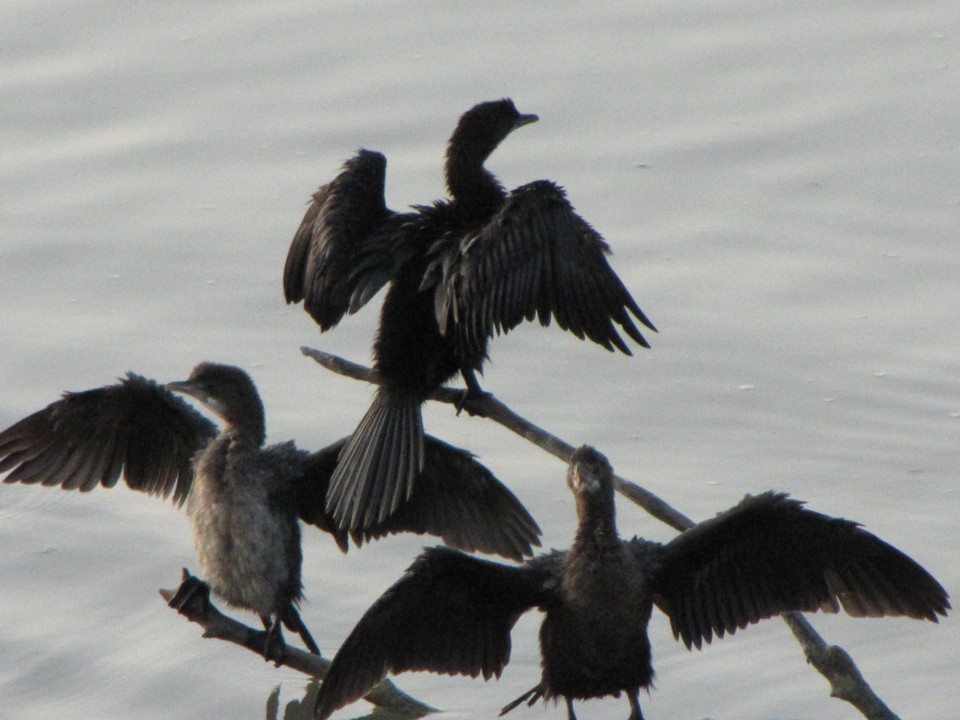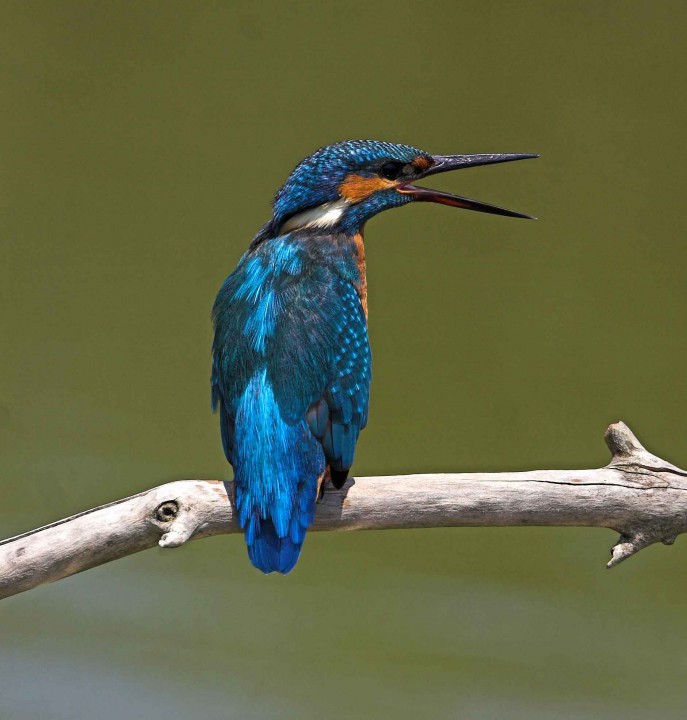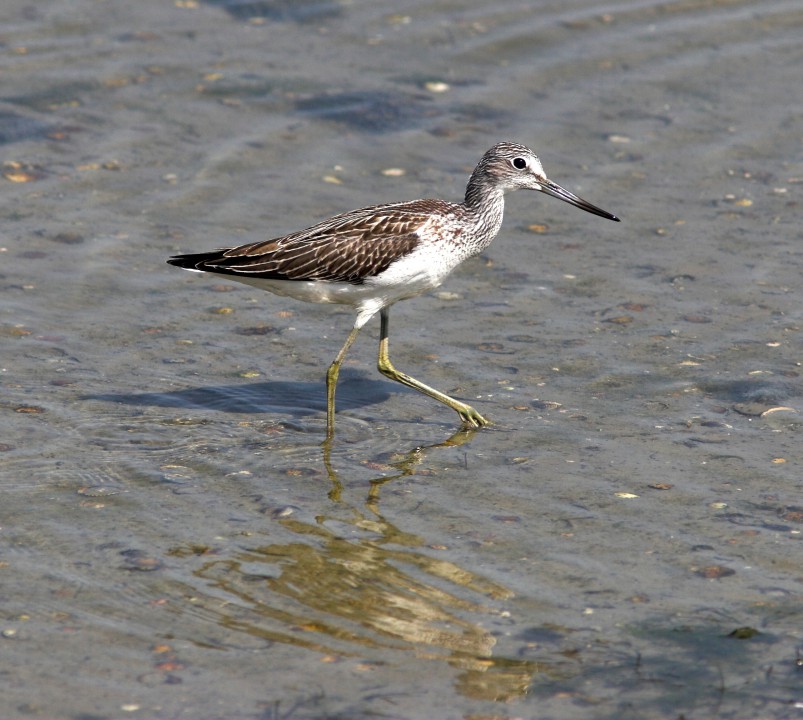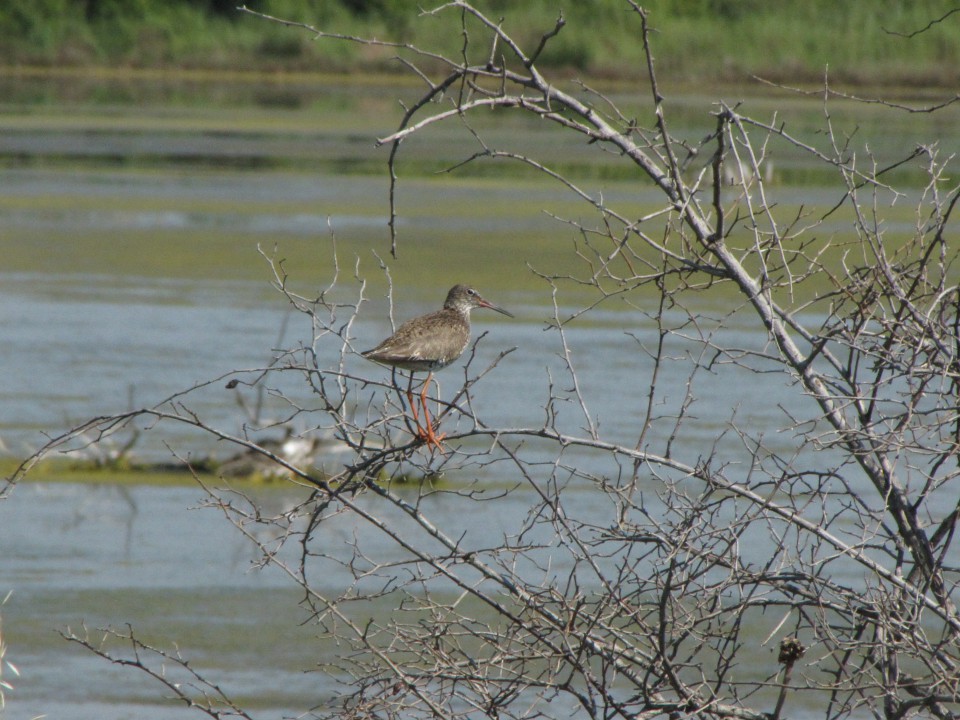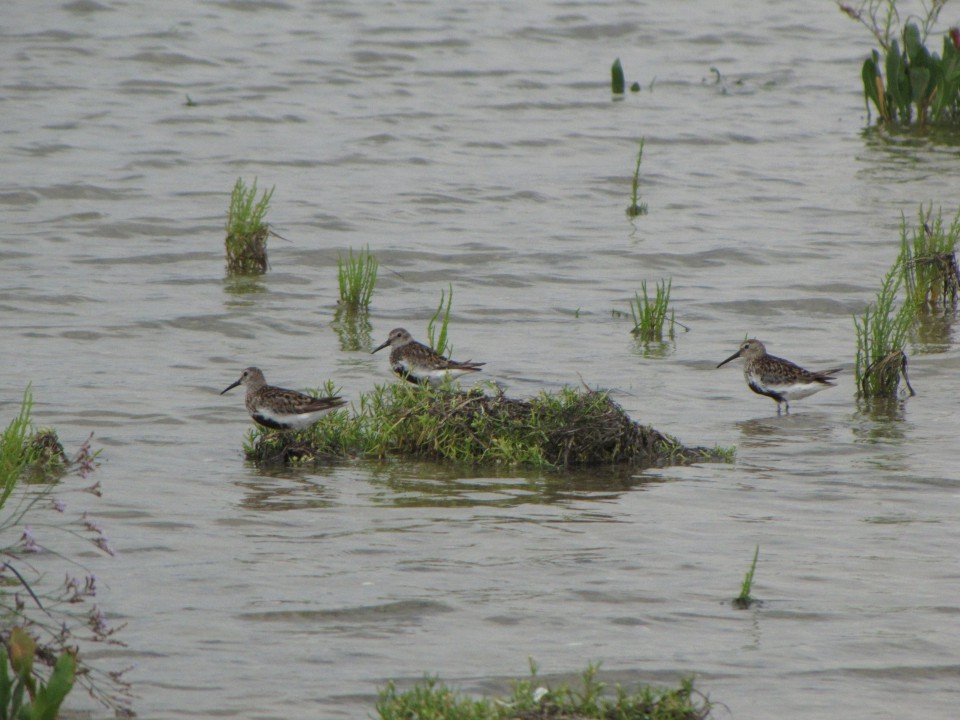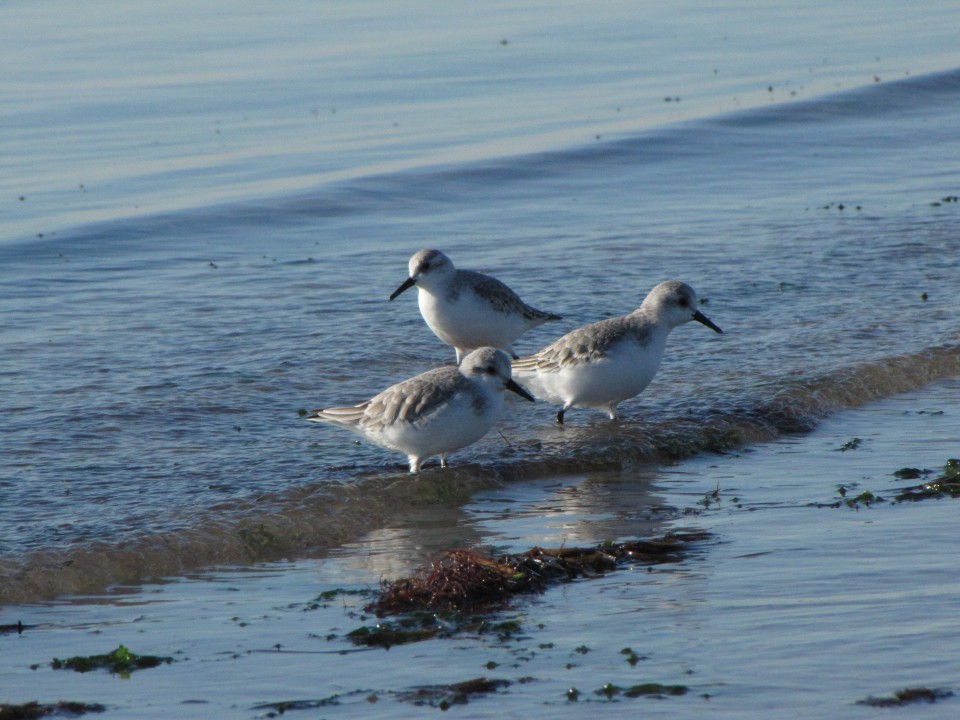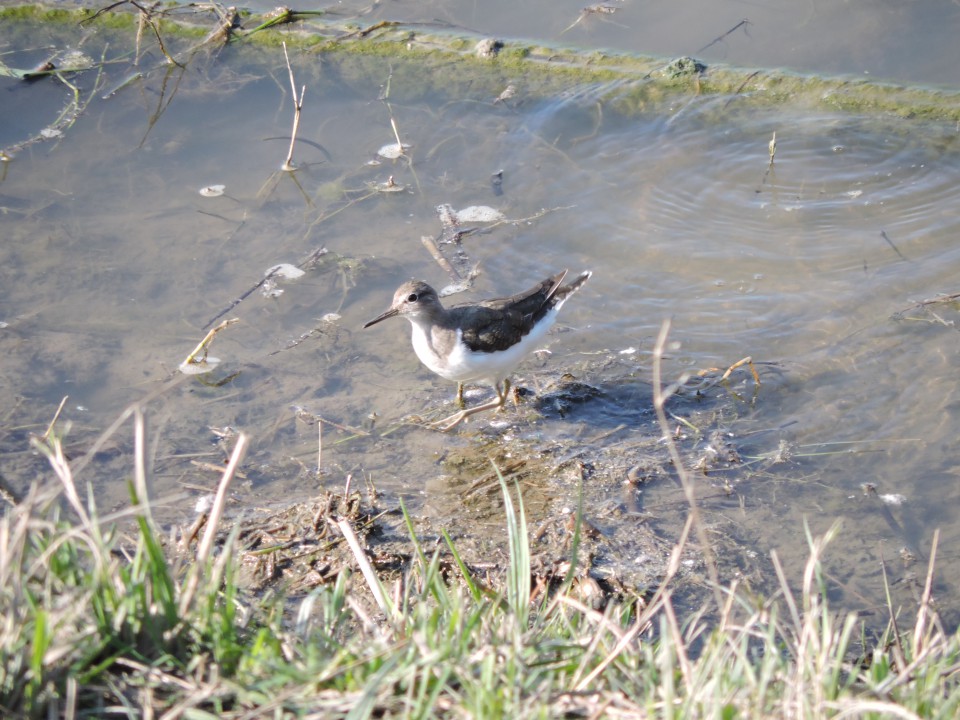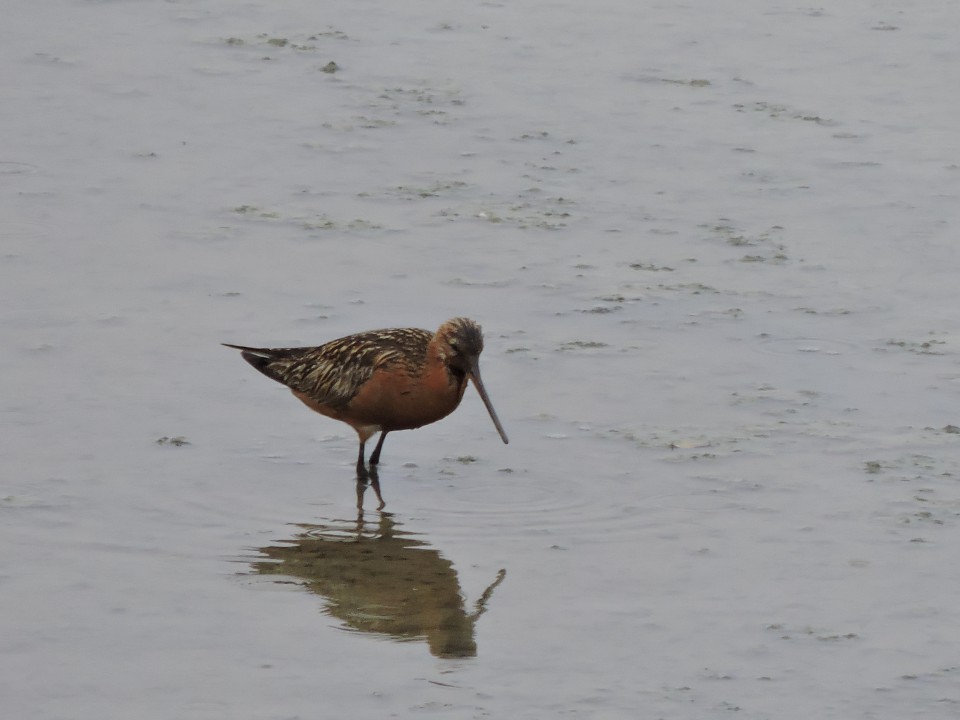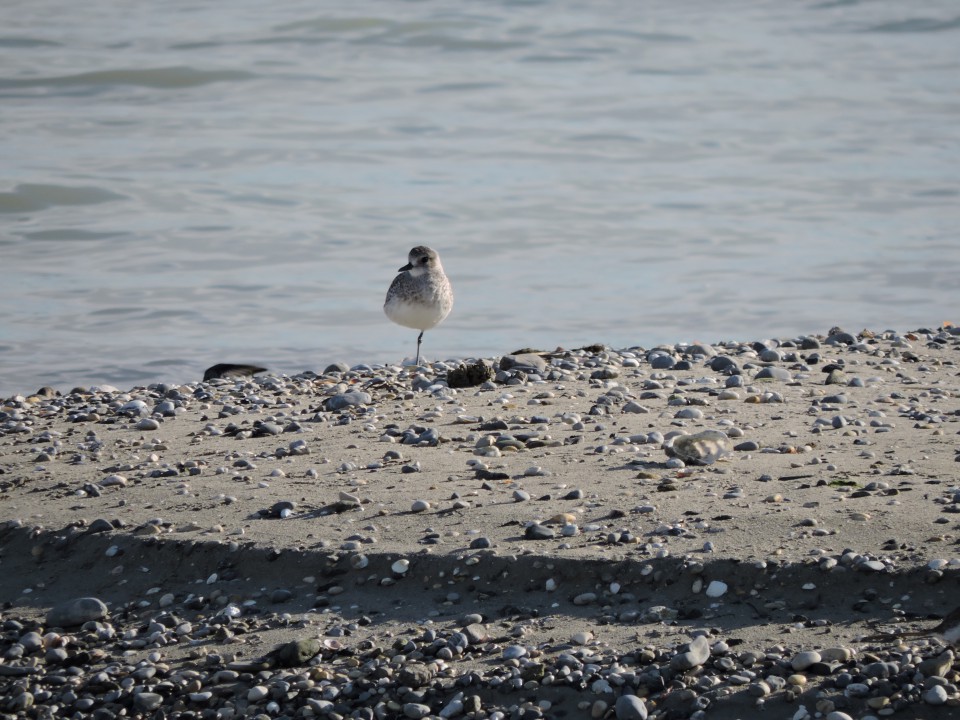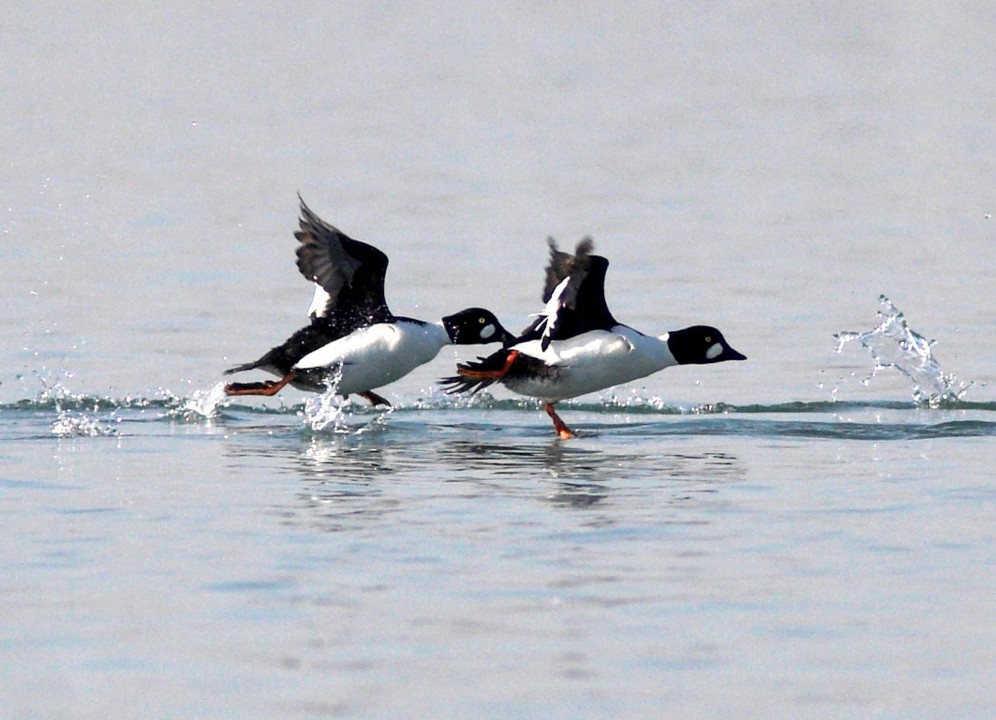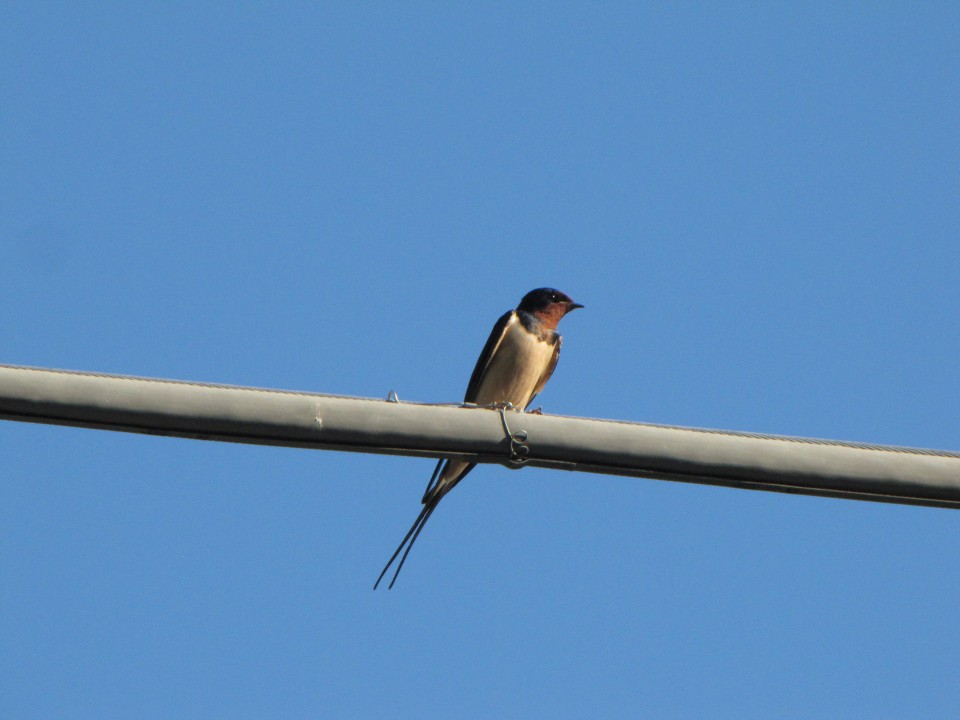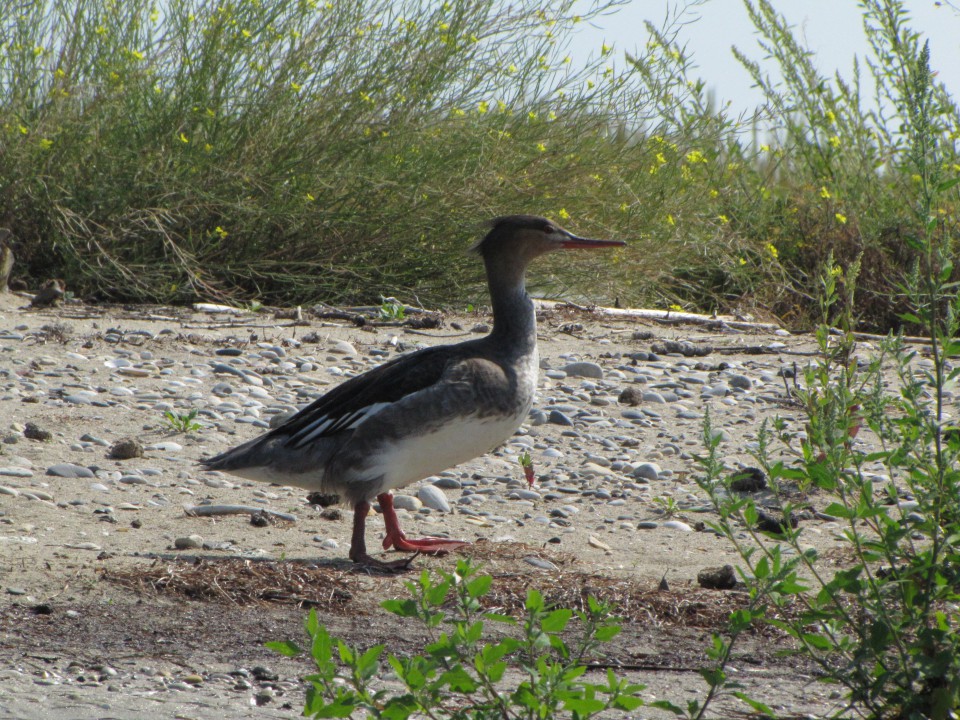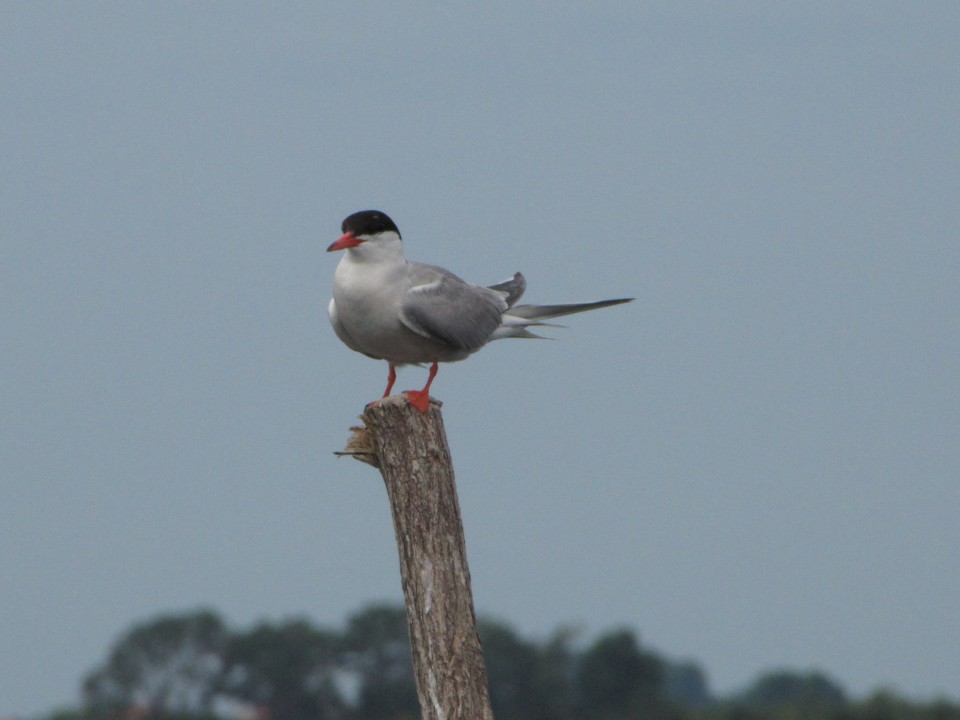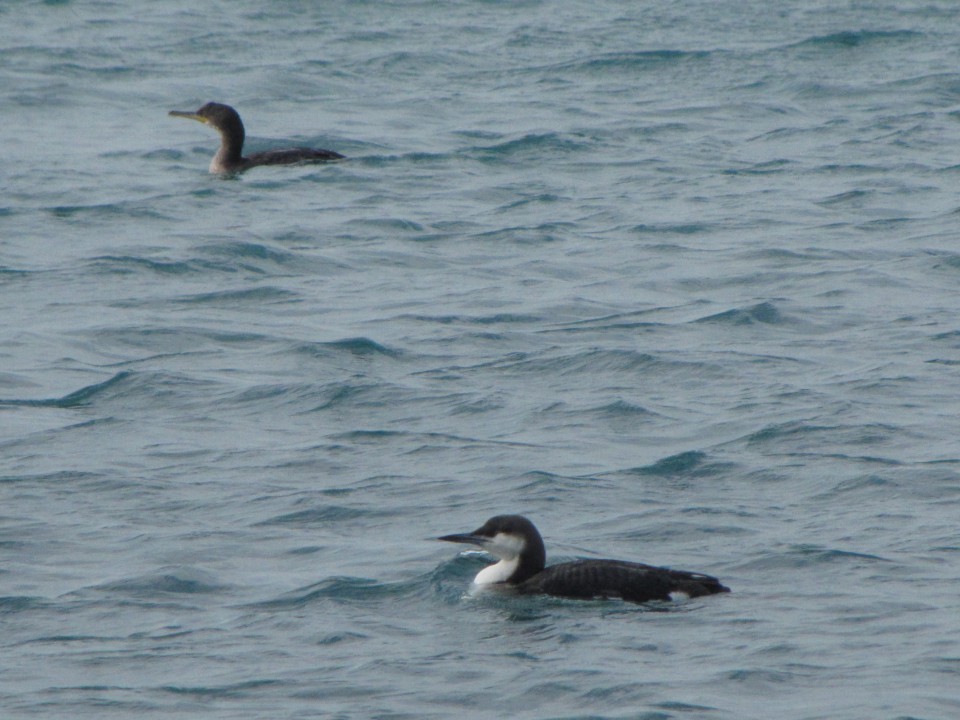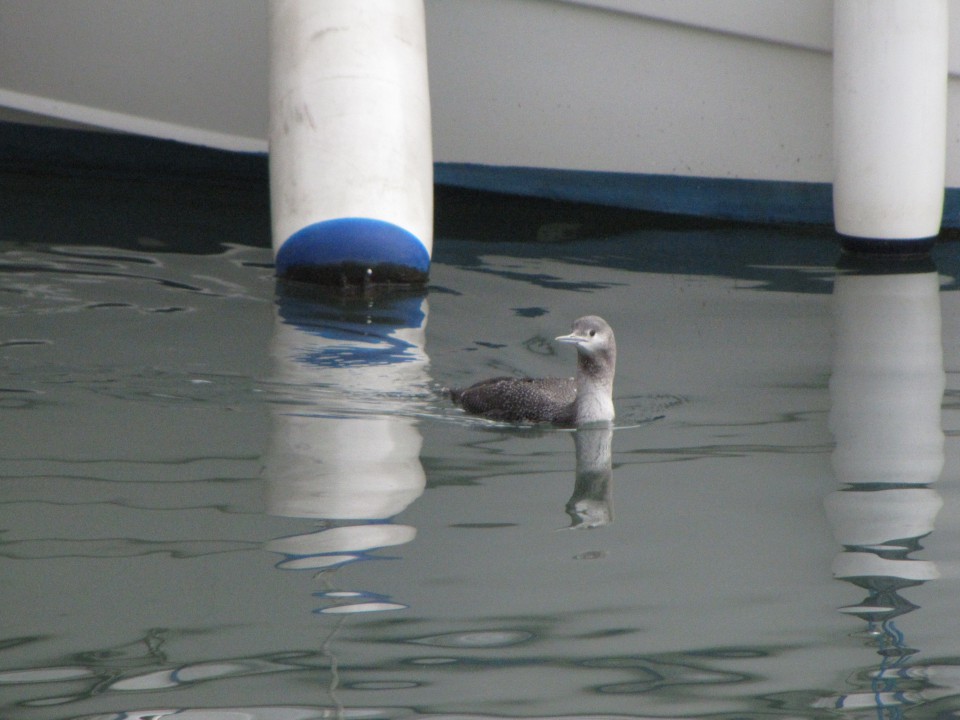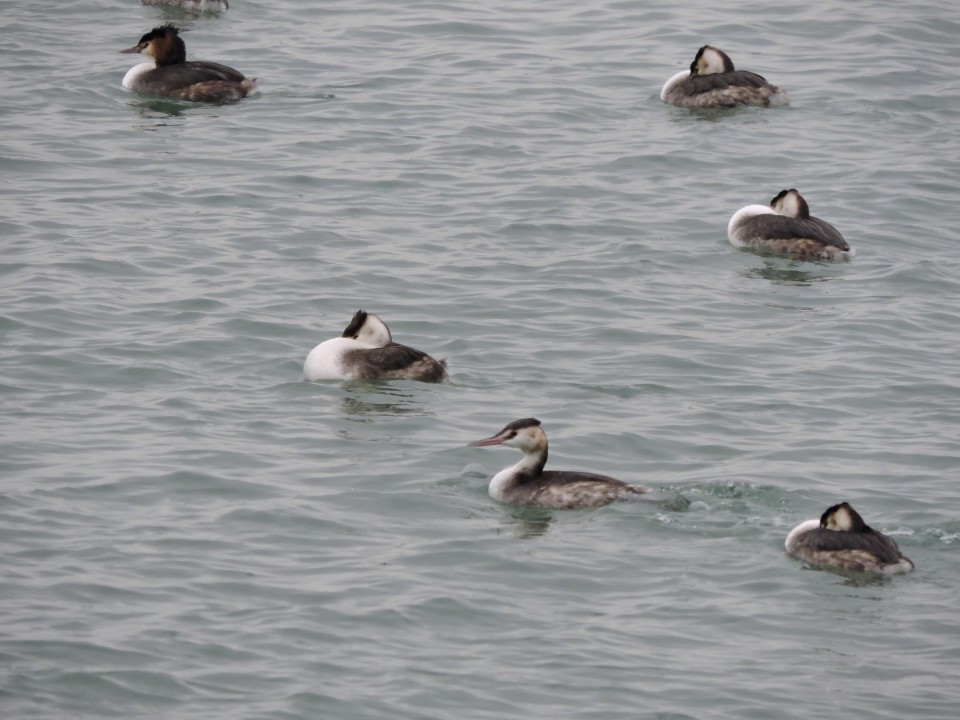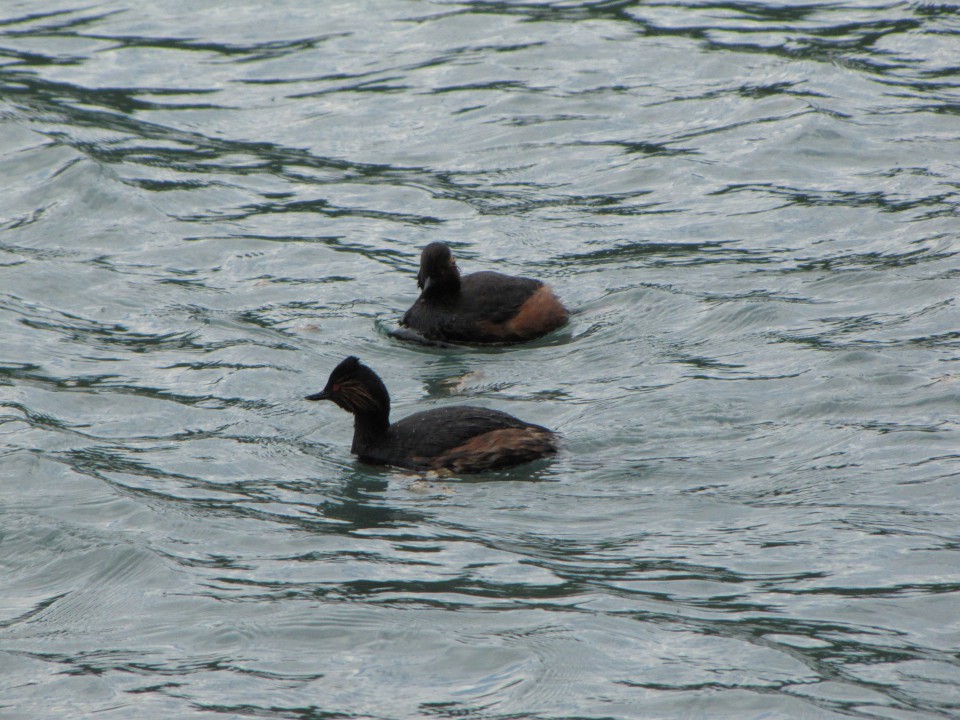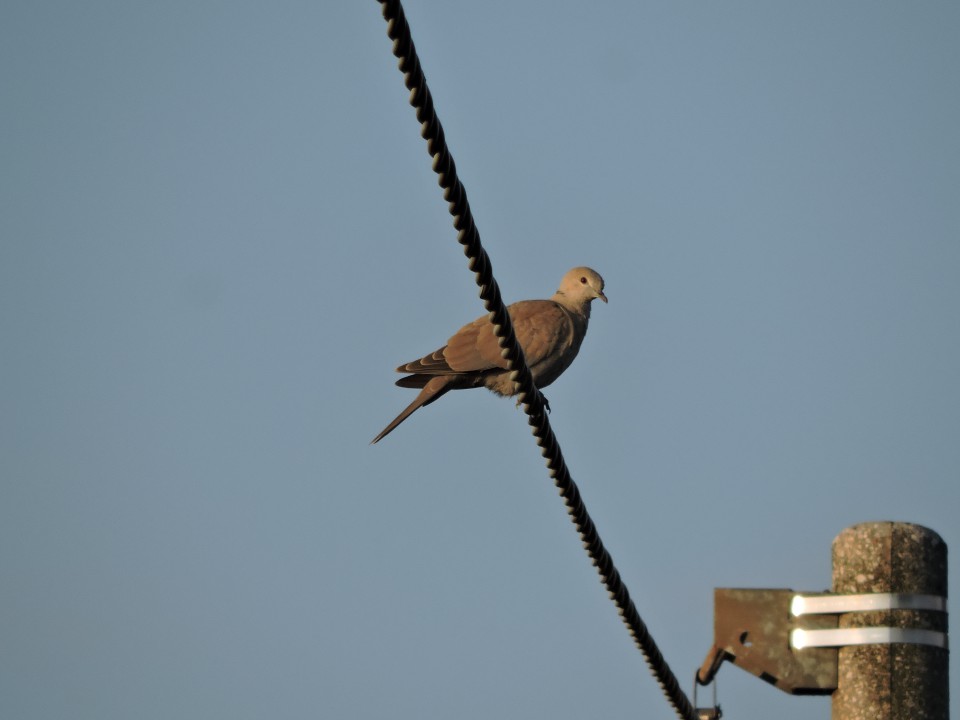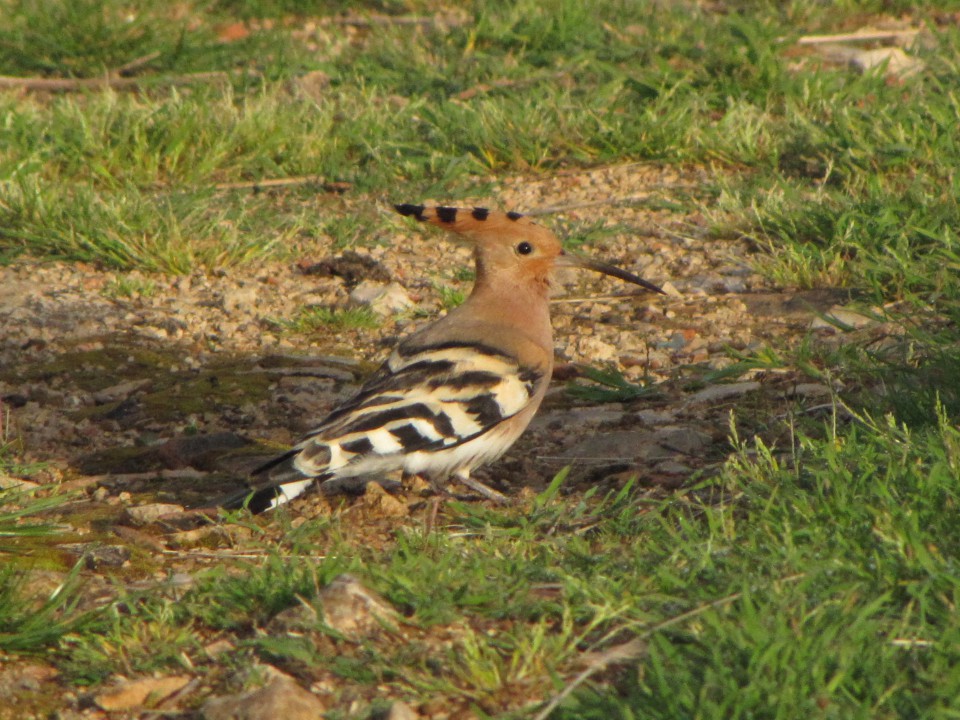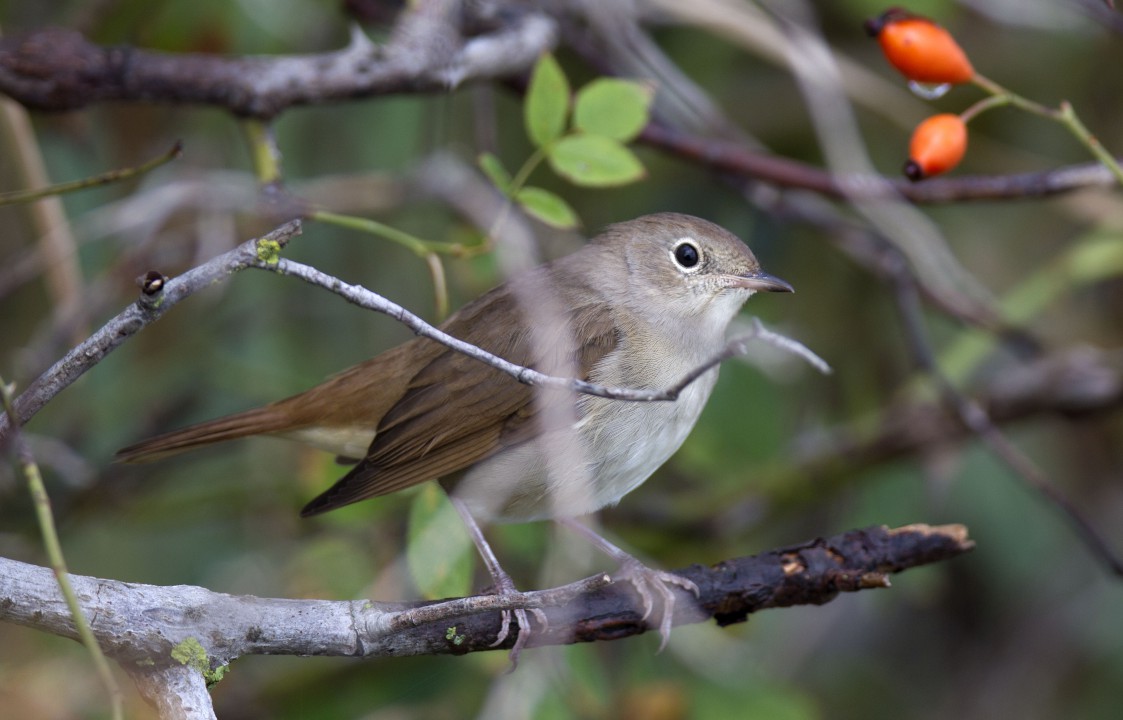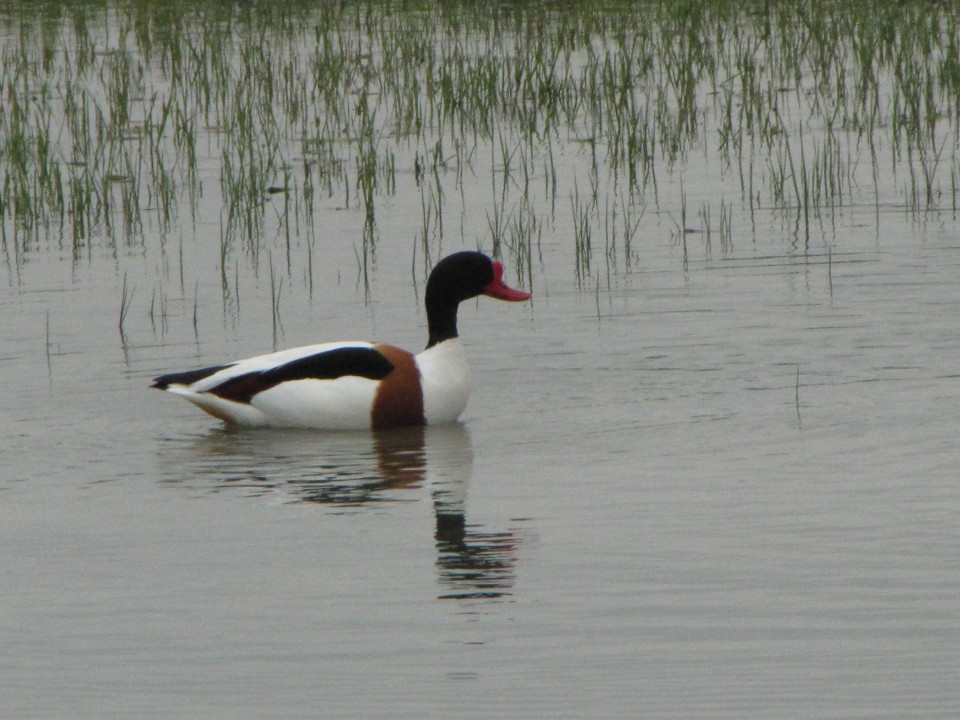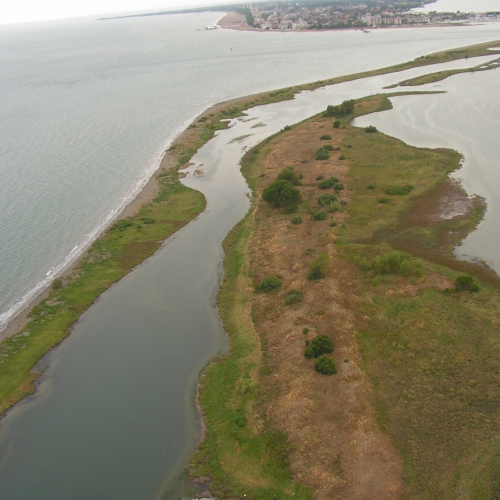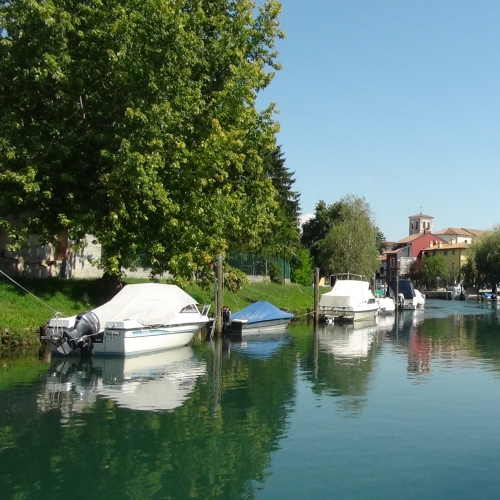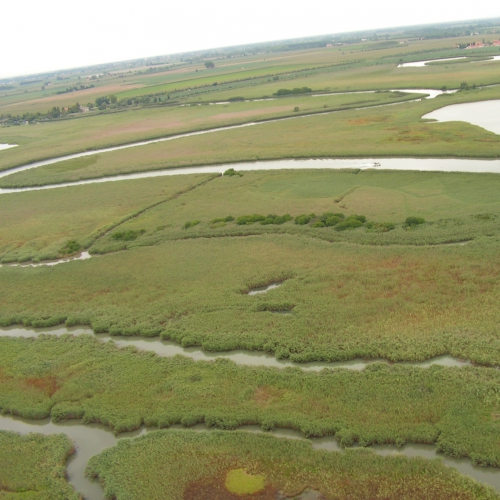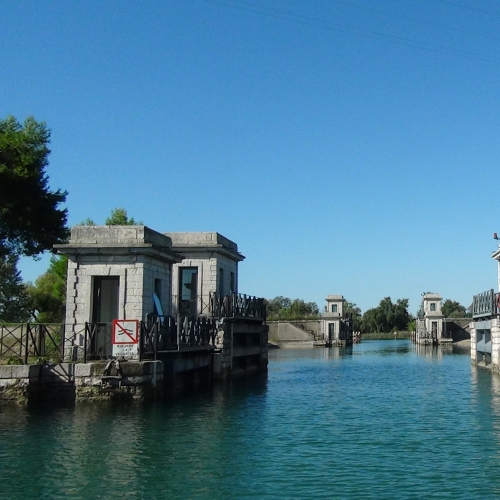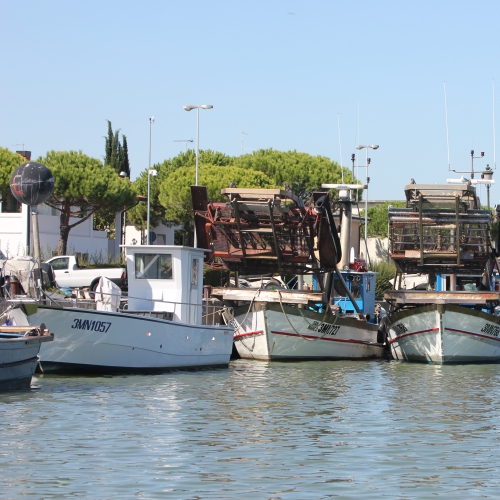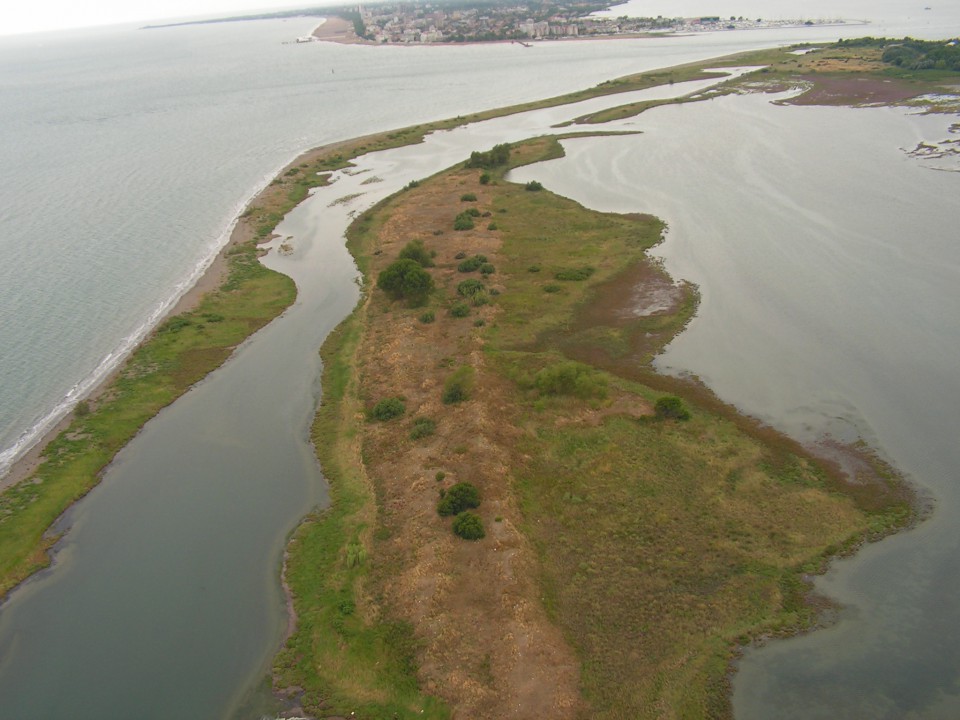
Description
The island of Martignano and the adjacent “matan” constitute the sandy part of the island, while behind, beyond the small lagoon known as “Manessa”, lies the Marinetta shoal. The first stretch is very rich in sand-loving vegetation, typical of the local beaches and dunes, which in this area are higher than in any other part of the regional coastline, while the shoals are full of salt-loving plants. Straddling the two environments, there are small and invaluable areas behind the dunes with Erhiantus ravennae, the Ravenna rush, and Schoenus nigricans, a kind of sedge. Towards Porto Lignano there is a copse of white poplar growing on an old piece of reclaimed land, beyond which is the ALMAR fish hatchery. Exiting from Porto S. Andrea is awkward and great care must be taken to avoid the shallows, breakers and snapped mooring posts barely emerging from the sea (it is advisable to pass close to the existing posts); the Porto Lignano exit is reasonably well maintained and marked. Porto Lignano is the chief access point to Marano lagoon for both pleasure boats and fishing fleets.
Habitats
Areas normally above the water in a lagoon are called barene or salt marshes and are characterised by halophilic vegetation typical of...
In the last century, vast areas of the lagoons and surrounding marshes were drained to obtain new agricultural, industrial and urban land. To...
These form the natural separation between lagoon and sea. Unlike the salt marshes, which are muddy or silty, the barrier islands are sandy and...
The coastline that once upon a time (until the 1920s) used to change naturally in response to the rise and fall of the sea level and sedimentation...
One of the largest and most vital underwater meadows of the Gulf lies in front of the mouths of the Isonzo. These are plants with ribbon-like...
The areas regularly submerged by the high tide that are revealed when the sea retreats are called the tidal flats. In Friuli Venezia Giulia, these...
Birds
85-100 cm, sexes similar. White plumage, yellow beak which becomes black in the breeding season. Present throughout the year, it does not, however,...
84-102 cm, sexes similar. All year round, nesting in colonies in lagoon groves and other wooded areas inland. Nesting has been noted since 1999. Very...
45-55 cm, marked dimorphism, the male is grey with black wing tips, the female brown, and both have a white rump. Present during migration and...
19-21 cm, sexes similar. There is a grey variety and a rufous one. It is a small owl with ear tufts and a characteristic and insistent song. Present...
39-44 cm, sexes similar, White and black with red-orange beak and reddish legs. Present all year round, a recent phenomenon is that during wintering,...
23-28 cm, sexes similar. With well-camouflaged streaked brown plumage, it has a long beak and a characteristic zig-zag flight. Present from July to...
10-11 cm, sexes similar. Yellowish plumage streaked with dark. Characteristic song: zip-zip-zip emitted in flight. It frequents coastal areas with...
37-43 cm, sexes similar, light grey upperparts, white in the lower parts, with a black cap and a tuft on the head, the beak black with light-coloured...
48-57 cm, sexes similar. Brownish with a long curved beak. Present throughout the year but does not nest. Forms flocks during high tide on sandbars...
37-45 cm, sexes similar. Brownish with curved beak, shorter than the curlew, and with characteristic dark streaks on the head. Present during...
140-160 cm, white, grey in juveniles, tubercle at the base of the beak, most evident in males. Present throughout the year, numerous at river mouths...
51-62 cm, an elegant duck with long neck and, in the male, long central tail feathers. A wintering species, it frequents tidal flats, the restored...
38-43 cm sexes similar, grey with white wing bands. Present throughout the year, it commonly nests in the groves of the lagoon islands and in...
77-94 cm, sexes similar. Like pelicans and boobies, they have the 4 fingers joined by a membrane to facilitate swimming. The species is present...
17-19.5 cm, sexes similar. The largest of the plovers. It is similar to the smaller plover but more massive with bolder markings and a-coloured wing...
15.5-18 cm, sexes similar. Beige upperparts with black stripes on the head and chest, white beneath. Present from March to September, it nests along...
15-16 cm, the male with grey head and white throat in the cinerocapilla subspecies, yellow belly, long tail with white outer feathers. During...
43-55 cm, marked dimorphism, with the male more colourful while the female is dark with pale-yellow head and shoulders. Present throughout the year,...
42-50 cm, the male with a characteristic white spot on the wing coverts. A very numerous wintering species from September to March, some individuals...
15-17 cm, the male with a rufous neck and black stripes visible on the top and sides of the chest. The female has the same pattern but in grey....
35-39 cm, sexes similar. In February, it gains the dark brown cap for the breeding season, which it then loses in July-August. Present throughout the...
37-40 cm, sexes similar. Compared to the black-headed gull, the beak is more massive and coral-red, it has a black head – during nesting – and...
52-58 cm, sexes similar. Grey upperparts, white lower parts. Present throughout the year and abundant, nesting in the lagoon, on the roofs of houses...
55-65 cm, sexes similar. White plumage with long feathers on the neck and back during the breeding season. Present throughout the year round, nesting...
40-46 cm, sexes similar. It is smaller than the black-headed gull. Present from November to April, numerous in some winters, it frequents the sea,...
50-60 cm. With marked dimorphism, this is the ancestor of the domestic duck. Present throughout the year, it is very adaptable, frequenting both...
68-78 cm, sexes similar. It has a short tuft that appears in adults in winter and early spring. Present throughout the year, it becomes rare in...
45-55 cm, sexes similar. It is present throughout the year and nests in colonies, associating with various species of herons in some groves of the...
17-19 cm, sexes similar. Blue upperparts, red underparts with large, dark beak dark and very short tail, which in flight makes it resemble a...
30-34 cm, sexes similar. Grey above, whitish beneath, slightly upturned and relatively large beak. Present throughout the year, scarce from mid-May...
24-27 cm, sexes similar. Grey-brown uppers, lighter beneath with evident white bar on the wings, darker in breeding season; red beak and legs....
17-21 cm, sexes similar. Characteristic black belly and rufous uppers, grey in winter. It is the most numerous wader during wintering and forms large...
18-31 cm, sexes similar. Light grey uppers and white lower parts, the beak shorter than the similar sandpiper. Present from August to May, it does...
18 to 20.5 cm light brown uppers. white on the lower parts. The wings have a narrow light-coloured bar and are often blocked briefly in flight....
33-41 cm, sexes similar. Grey brown, with whitish underparts during wintering, red in breeding season. Long and slightly upturned beak. Present...
26-29 cm, sexes similar. Grey plumage, black and white on the under parts during the breeding season. Grey in winter with characteristic black...
48-56 cm, sexes similar, plumage varies widely, generally brown with light patches. Present all year round, most numerous even in the largest lagoon...
Bucephala clangula (local names: moro, moreto, quatro oci) 40-48 cm, the male with a black head and characteristic white patch below the eyes....
17-21 cm, sexes similar. Black upperparts, red throat and whitish belly. Present from March to April and from September to October, it nests in rural...
52-58 cm, the male with dark green head and white neck, the female with reddish head. Present during wintering, it is frequent during the spring...
34-37 cm, sexes similar. Light grey upperparts and white underparts, with black cap and red beak. It is the classic tern, frequent from April to...
63-75 cm, sexes similar. In winter the plumage is dark grey above, whitish underneath; the beak is more massive and held flat compared to the...
55-67 cm, sexes similar. In winter, the plumage is grey, and whitish underneath. Present in winter at sea and in the deepest areas of the lagoons....
46-51 cm, sexes similar. Grey upper part, whitish beneath, while in its nuptial plumage it reveals obvious tufts on the head and below the eyes....
28-34 cm, sexes similar. Grey and off-white in winter, in March it has a black neck and a yellow tuft behind a red eye. Present from August to April,...
29-33 cm, sexes similar. Plumage light beige with black collar. Present all year round, often associated with human settlements in cities, towns and...
25-29 cm, sexes similar, orange plumage striped with black, erectile crest on the head, flickering flight. Present from April to September and fairly...
15-16.5 cm, sexes similar. Reddish brown upperparts, and light in underparts. Present from April to September. It nests in coastal and riparian...
55-65 cm, white in appearance with a dark red beak with tubercle in the male. Present throughout the year, it frequents areas subject to tide and...

